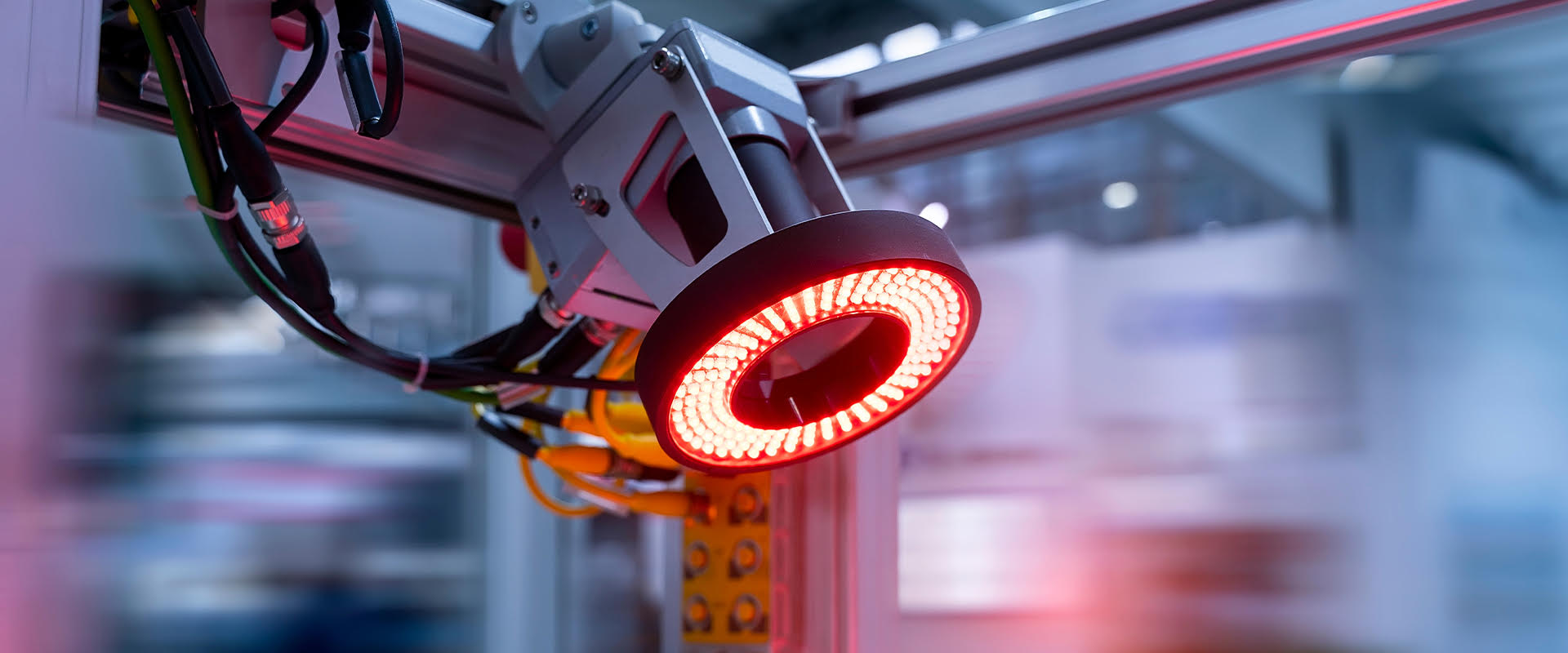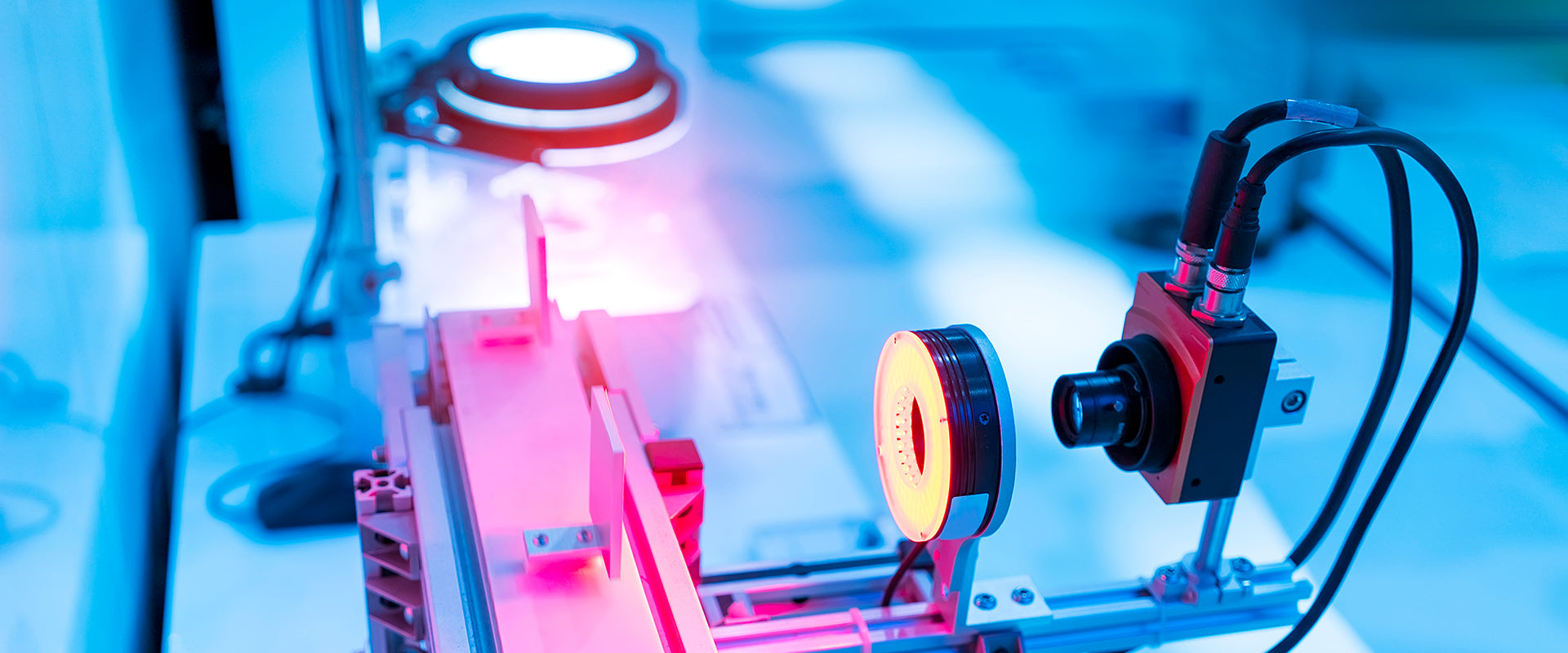In today’s connected cities, intelligent traffic systems (ITS) and automatic number plate recognition (ANPR) are essential tools for improving safety, enforcing regulations and streamlining traffic flow. At the heart of these systems are machine vision cameras – designed to capture clear, precise images in complex, fast-changing environments.
The Role of Machine Vision in ITS
ITS and ANPR rely on cameras capable of much more than simple image capture. These vision systems must deliver high-resolution, high-speed imaging that can identify vehicles, read license plates and analyze movement – even under challenging conditions. From toll booths and border crossings to urban intersections and parking facilities, these cameras provide the data needed for automation, monitoring and decision-making.
Meeting the Challenges of the Road
Traffic environments are unpredictable – vehicles move at varying speeds, lighting changes by the minute and weather adds another layer of complexity. Machine vision cameras overcome these challenges through a combination of advanced sensor technology and optical precision.
Key capabilities include:
- Wide dynamic range (WDR): Balances extreme light and dark areas, such as headlights at night or sunlight glare.
- High frame rates: Capture fast-moving vehicles without motion blur.
- Infrared (IR) and Near-Infrared (NIR) sensitivity: Enables plate reading at night or through tinted glass.
- Rugged design: Withstands vibration, temperature swings and outdoor exposure.
- Low distortion lenses: Ensure clarity across the entire image field, critical for accurate plate and vehicle recognition.
Accuracy Through Precision Optics
For reliable ANPR and traffic imaging, optical quality is just as important as sensor performance. High-precision lenses with minimal distortion help maintain sharpness and detail from edge to edge. The alignment between lens, sensor size and focal length directly impacts the accuracy of plate recognition and object identification – especially when vehicles are moving at highway speeds.
The Importance of Illumination and Synchronization
Proper lighting and timing are vital for high-quality image capture. Using synchronized lighting – such as pulsed LEDs or strobes – ensures the camera captures frames at the exact moment of optimal illumination. Combined with software that filters noise and enhances contrast, this synchronization makes it possible to detect and identify plates in even the most challenging conditions.
Smarter Cities Through Better Imaging
As cities move toward more automated, data-driven transportation networks, the role of machine vision continues to expand. From improving road safety and enforcing traffic laws to managing congestion and supporting autonomous systems, these intelligent cameras form the foundation of smarter, safer mobility infrastructure.
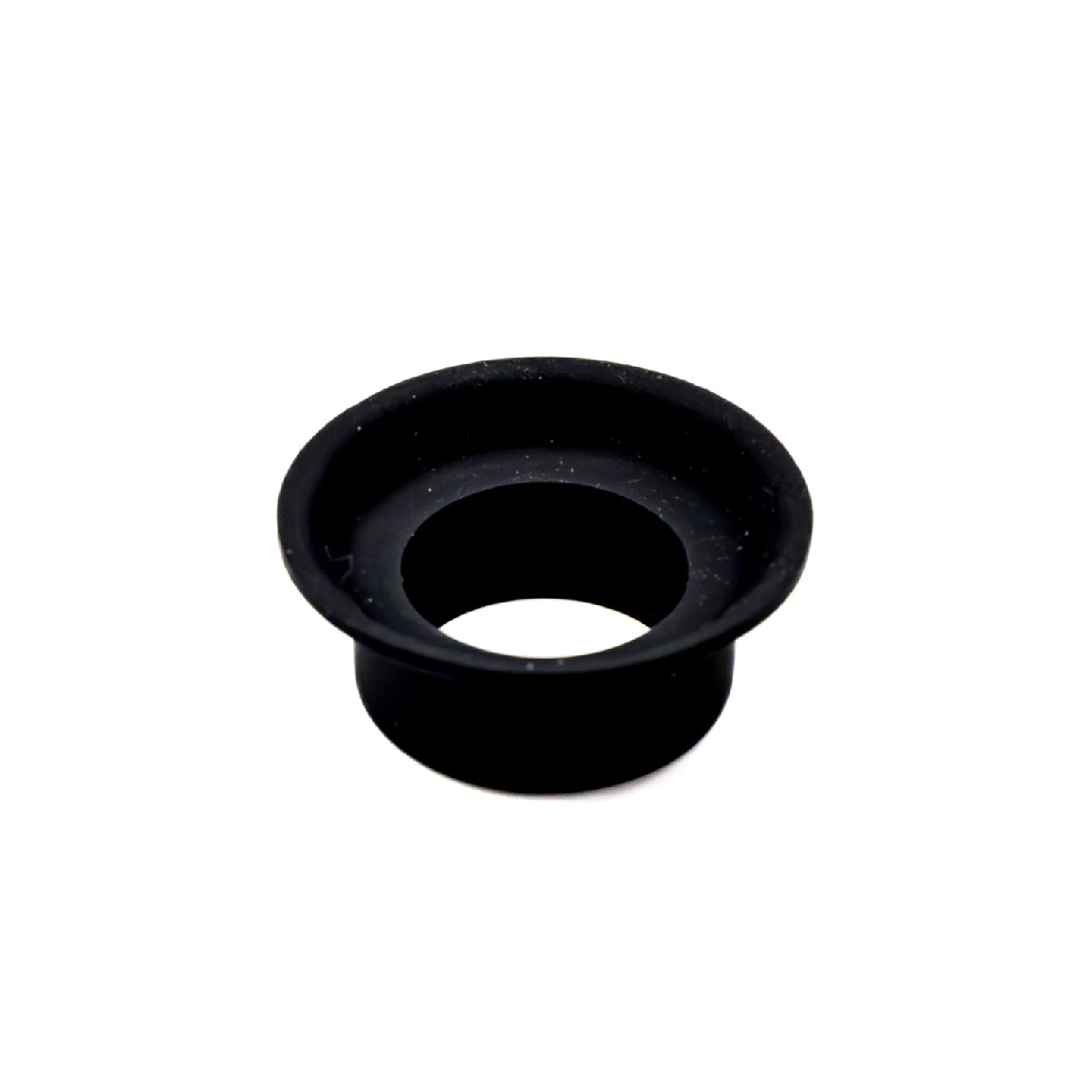

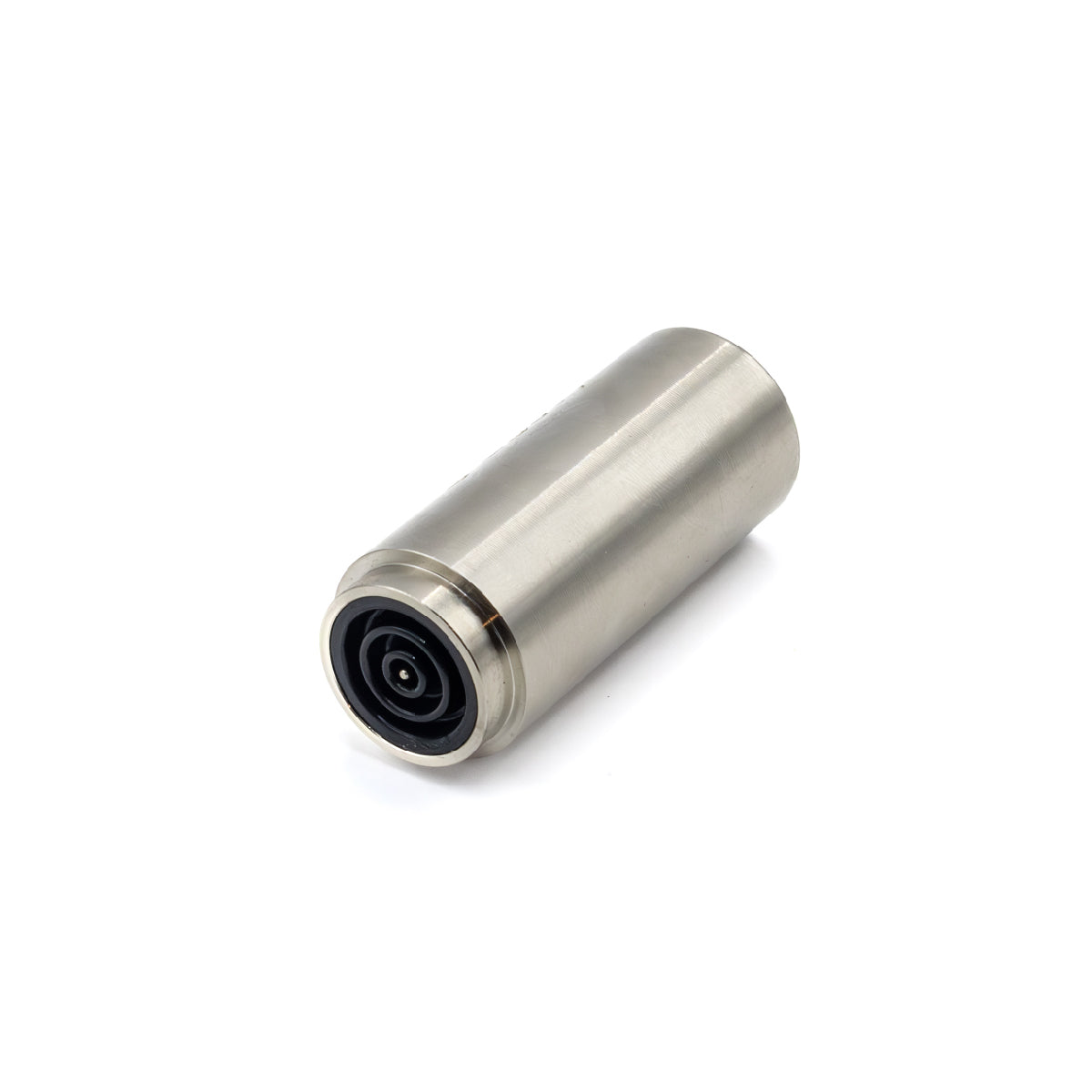


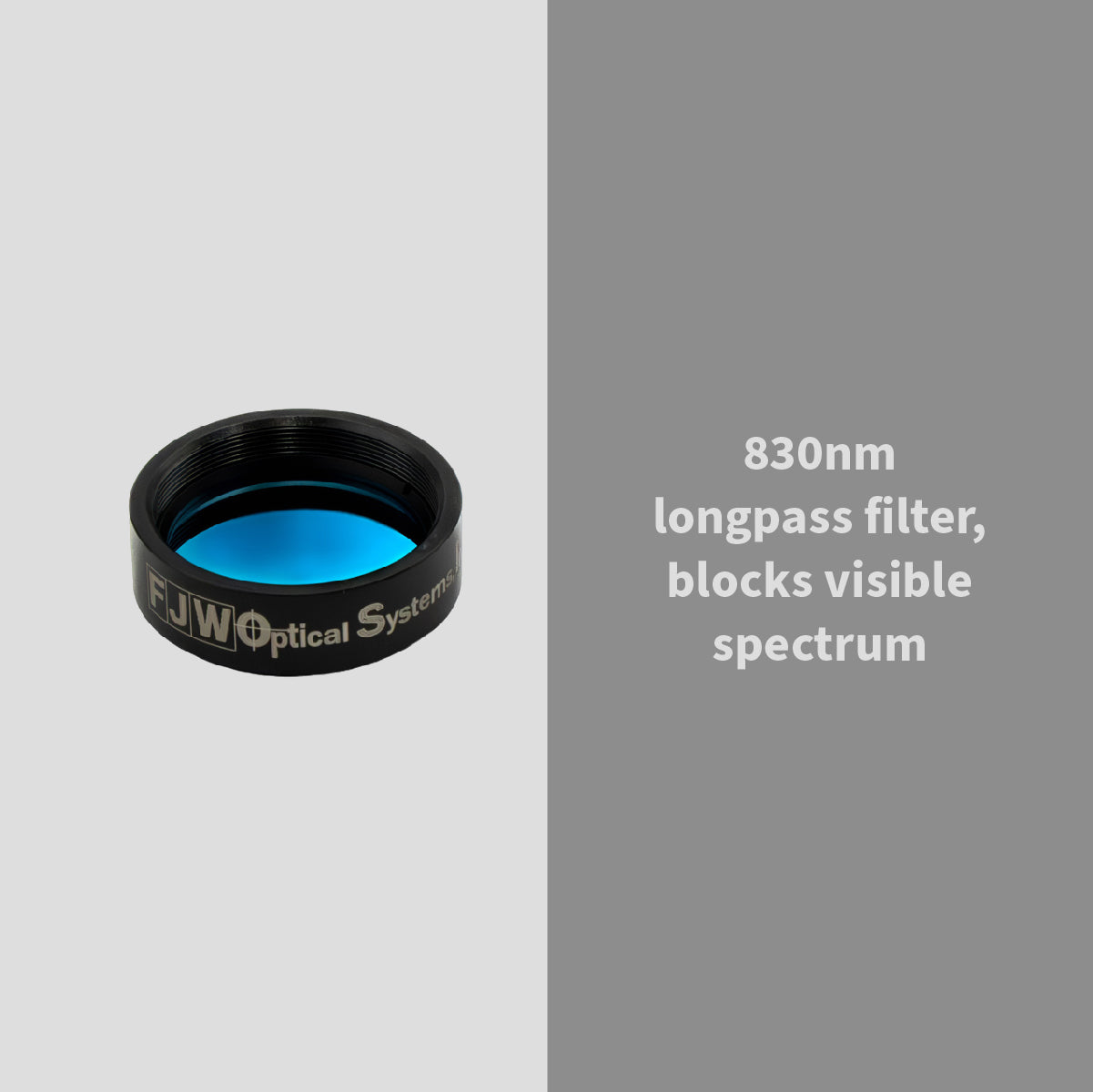
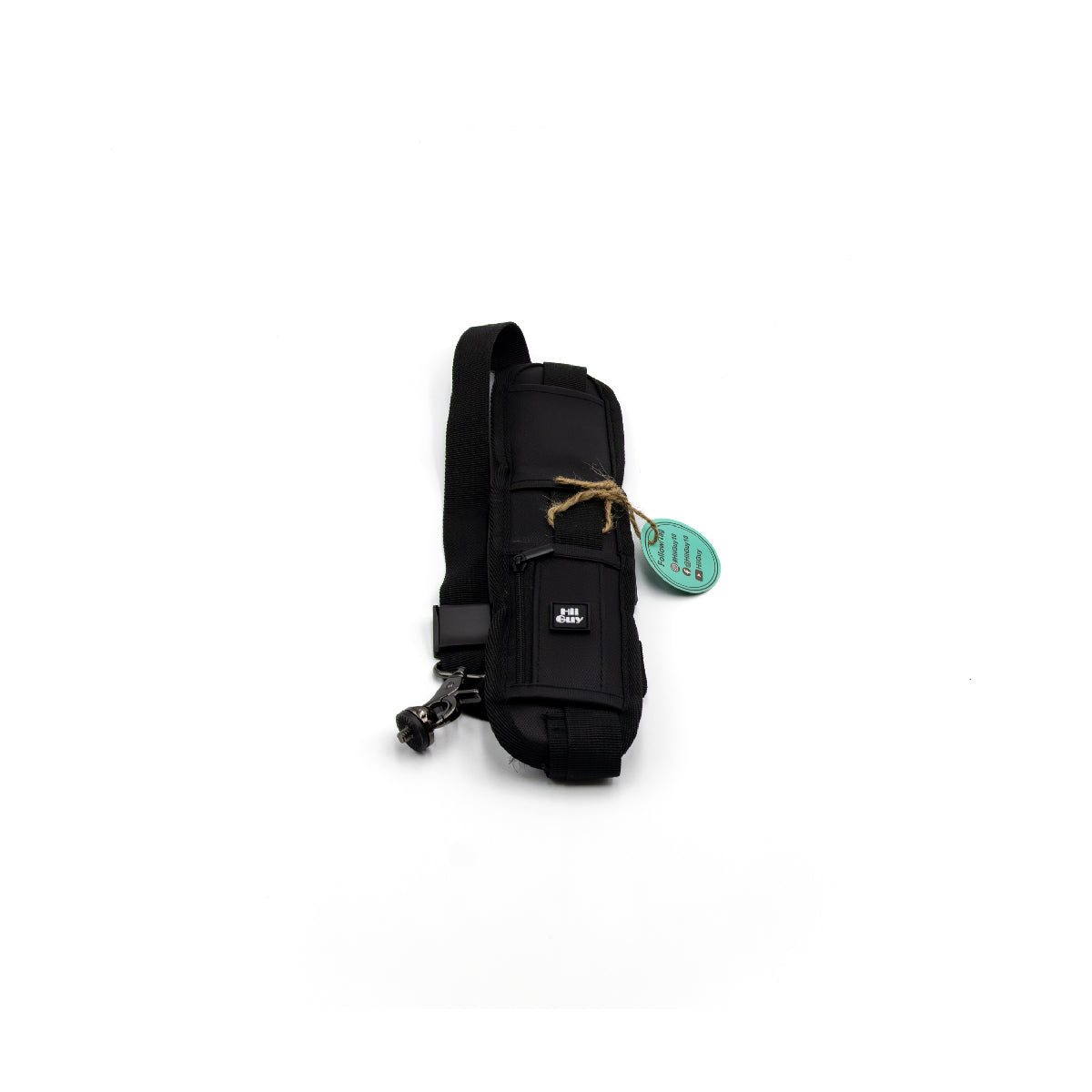



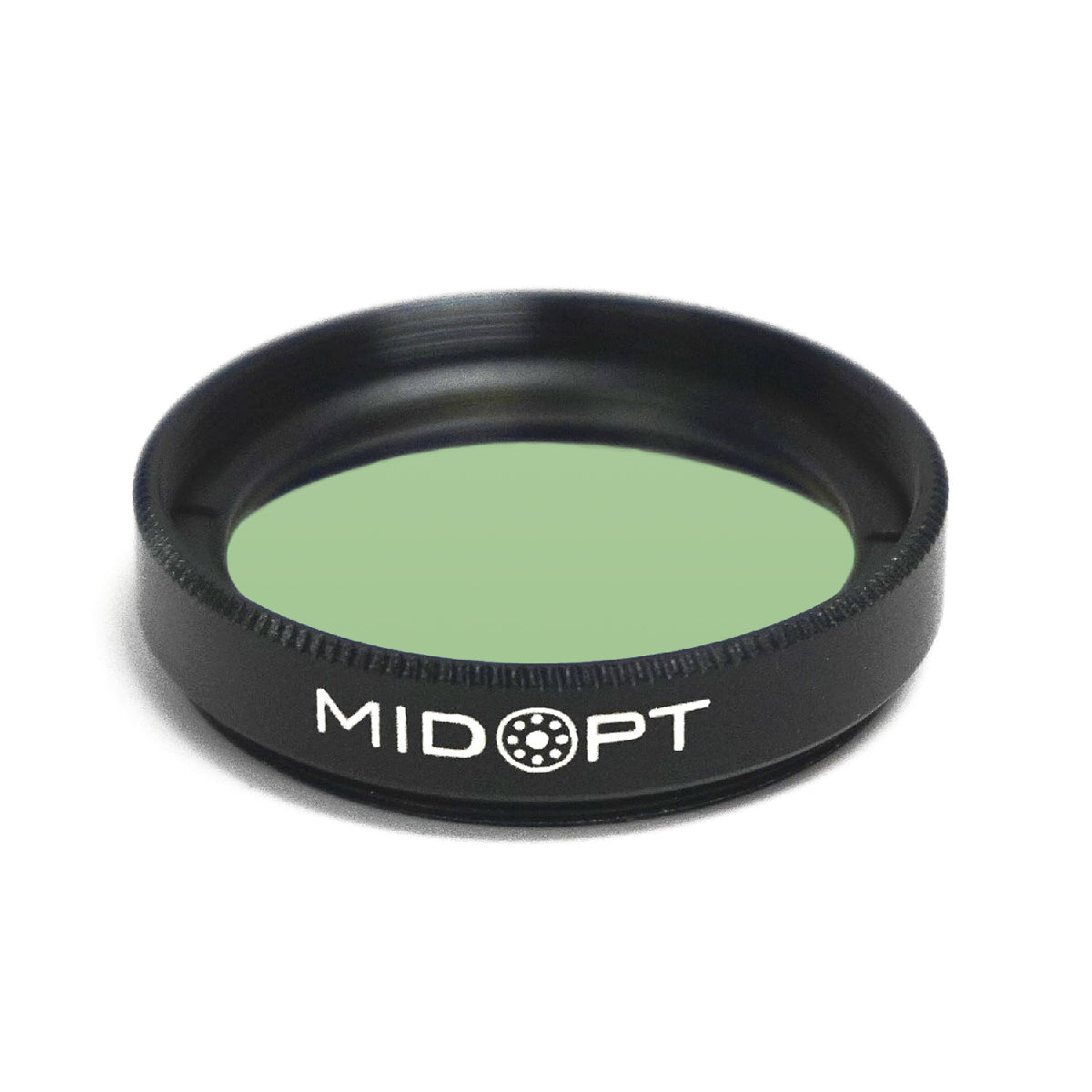

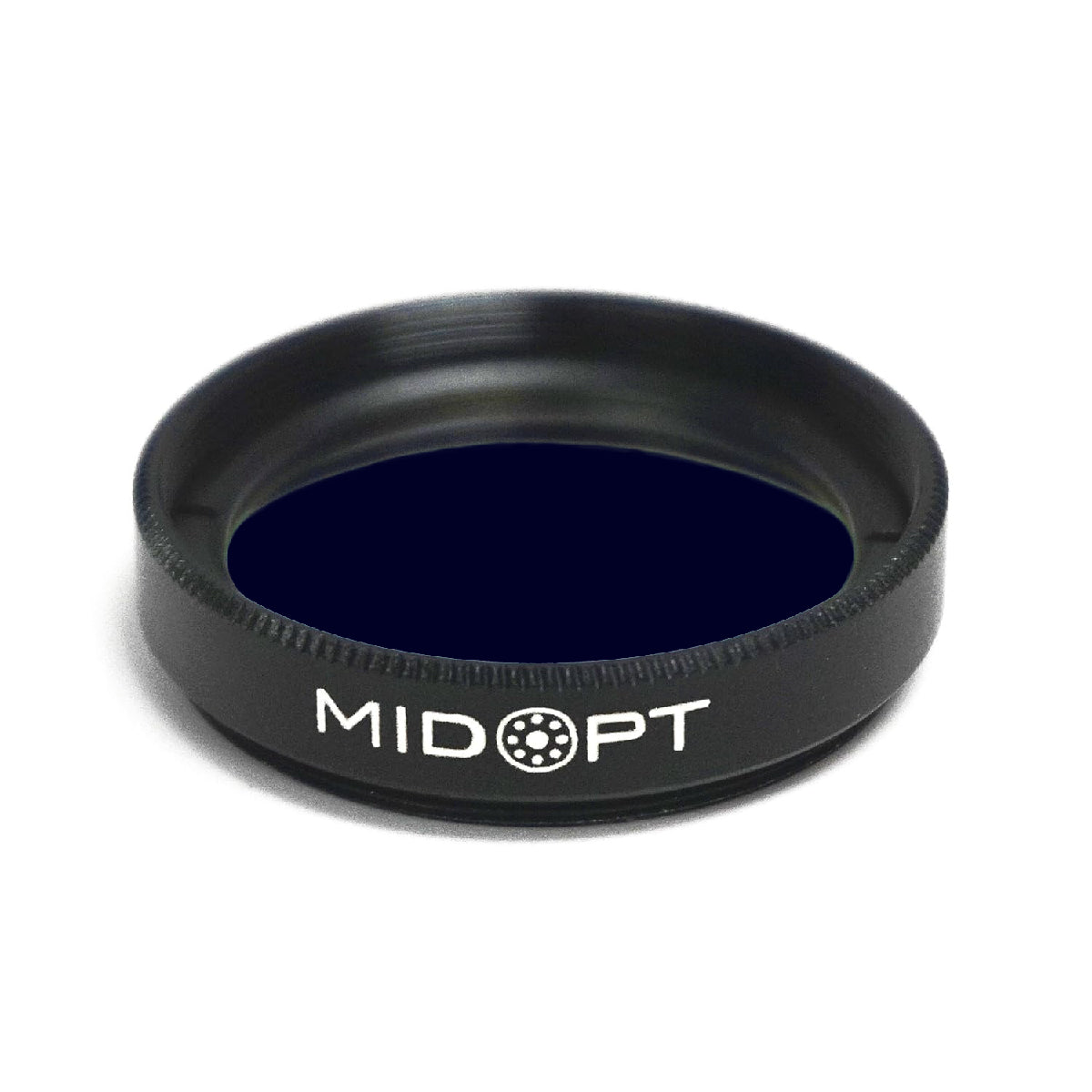

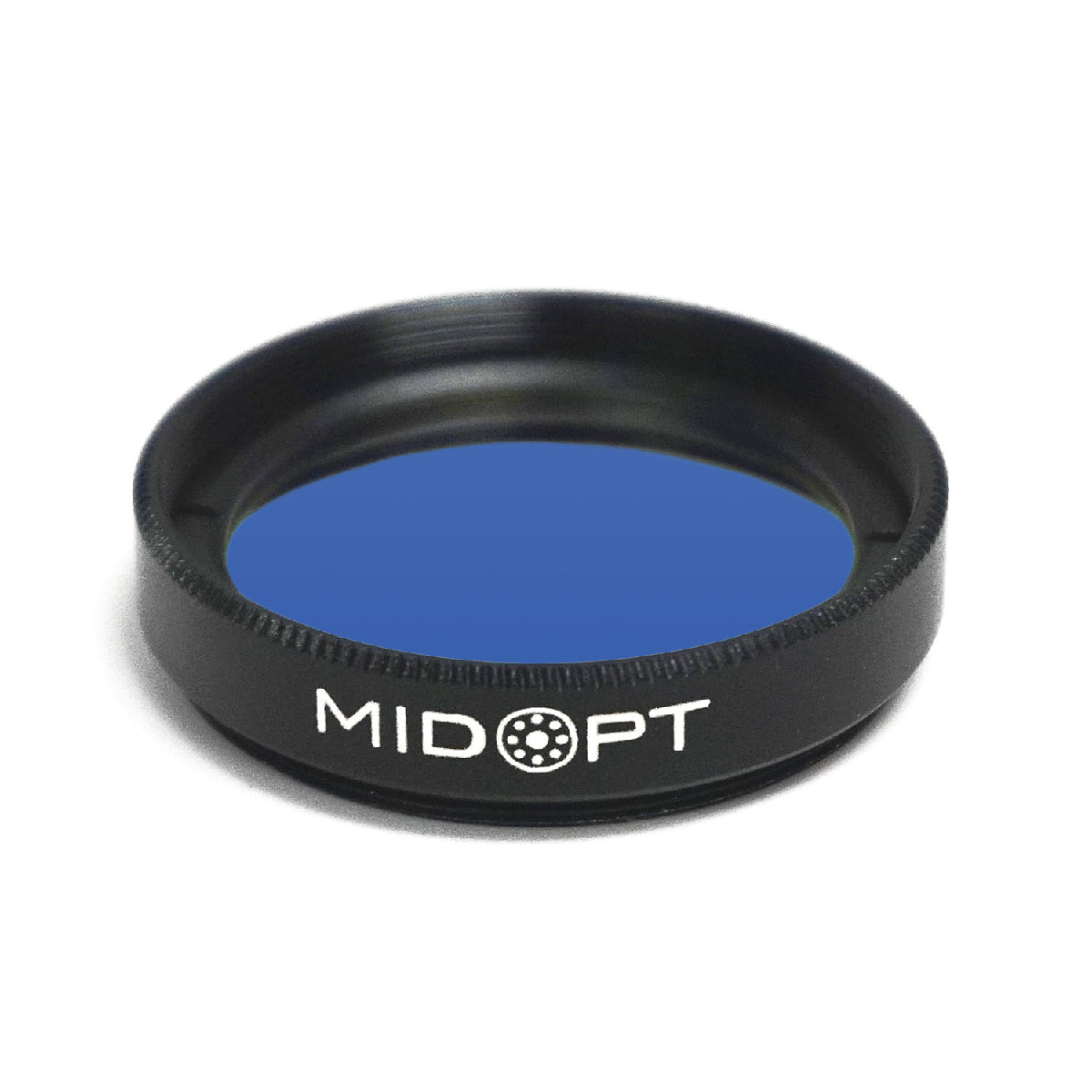
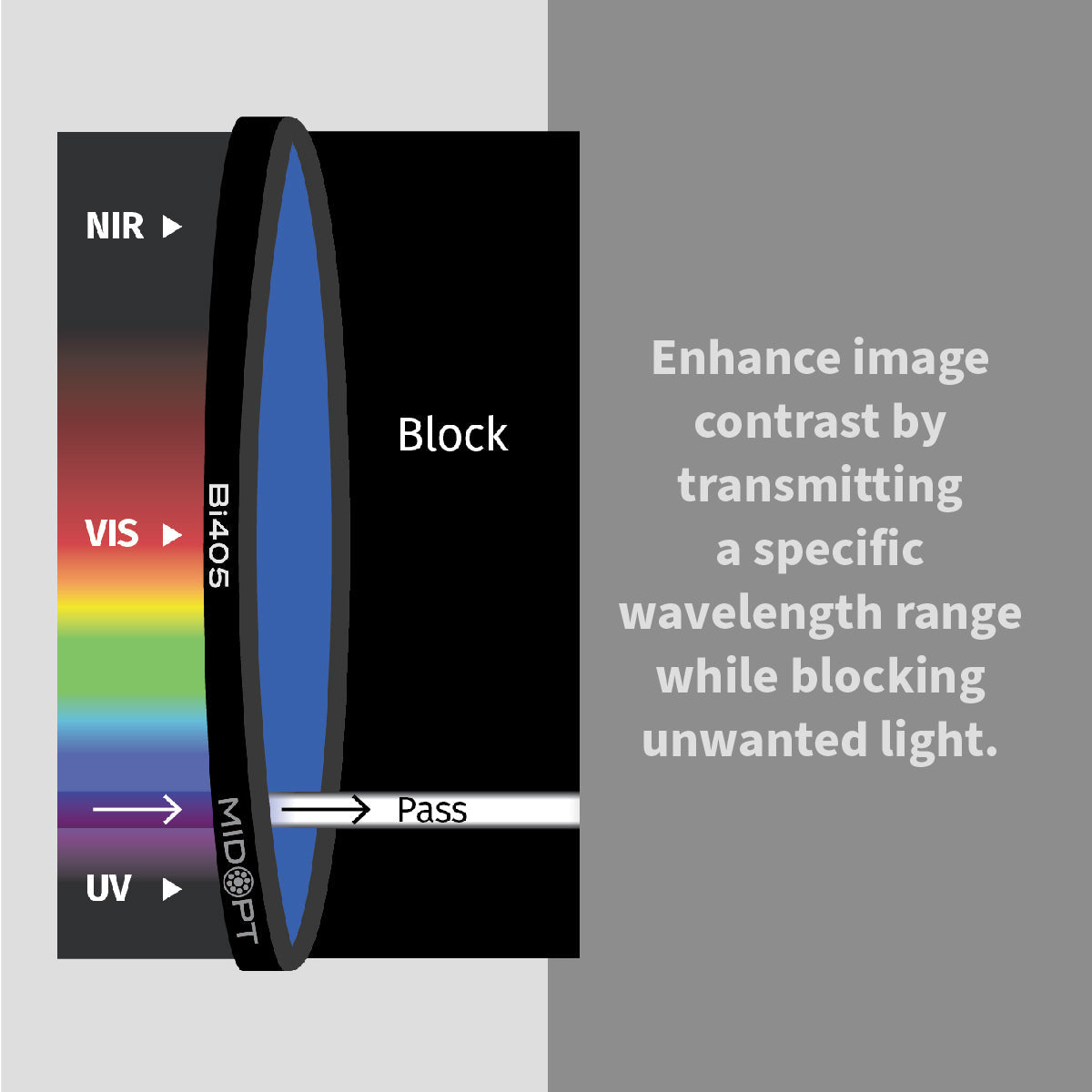
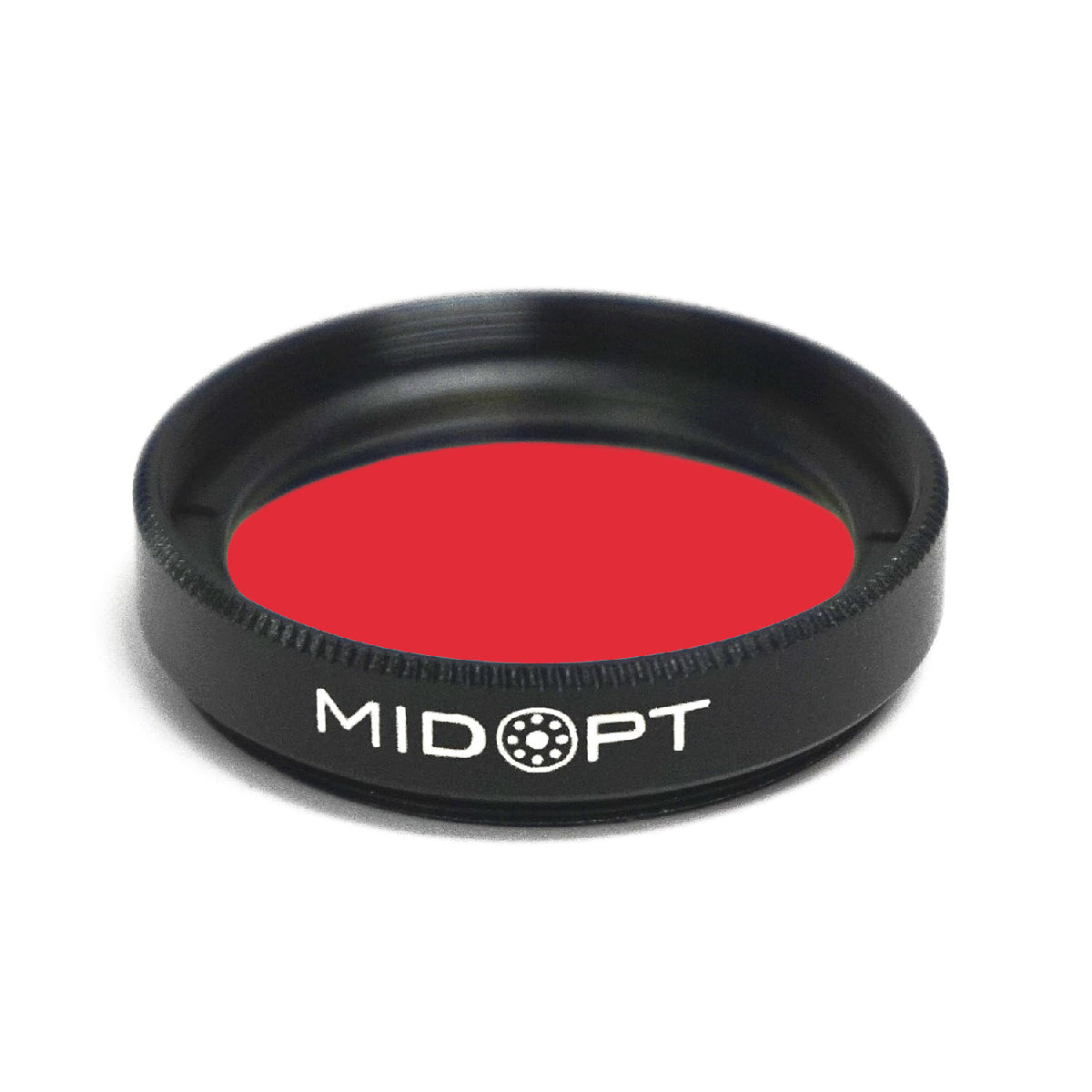

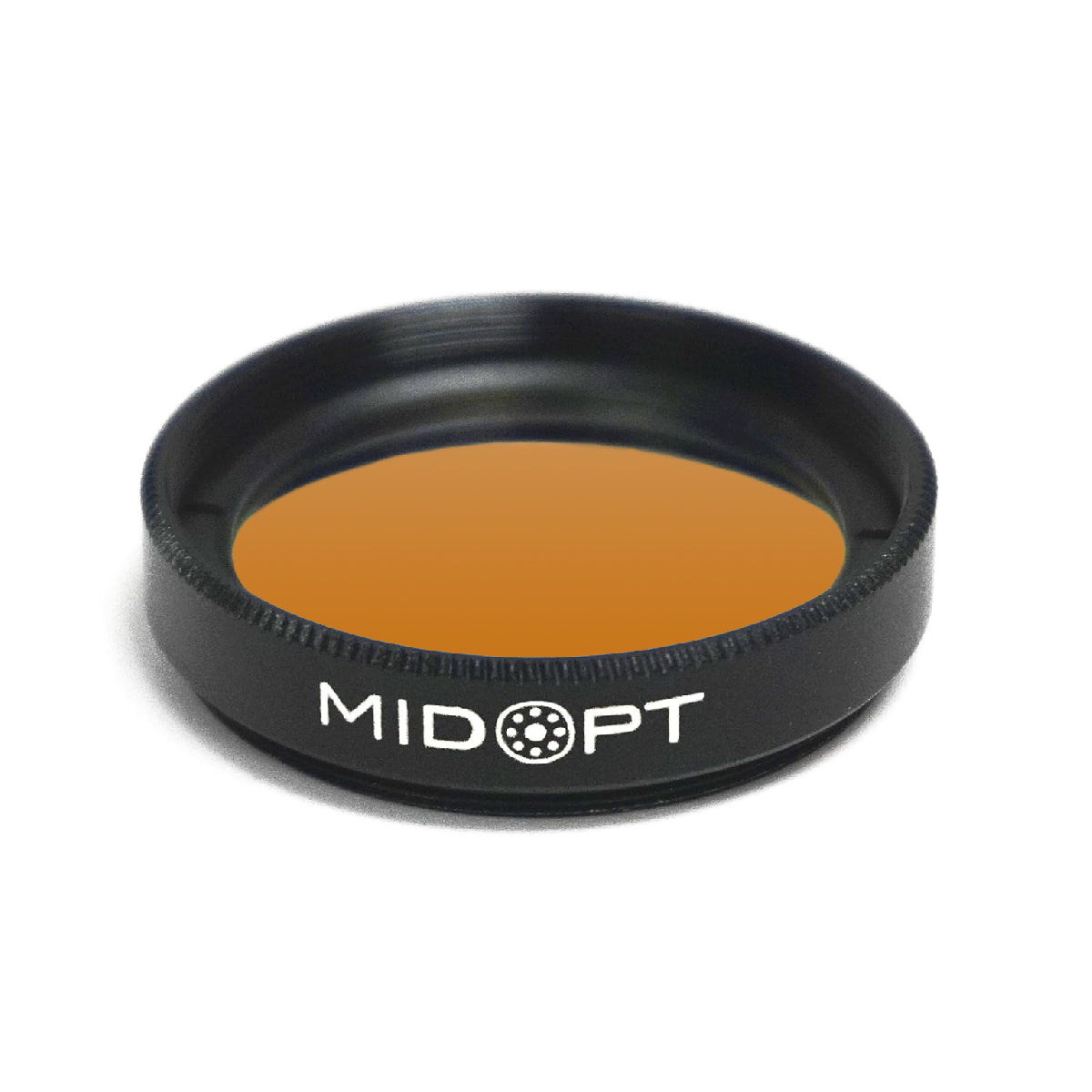

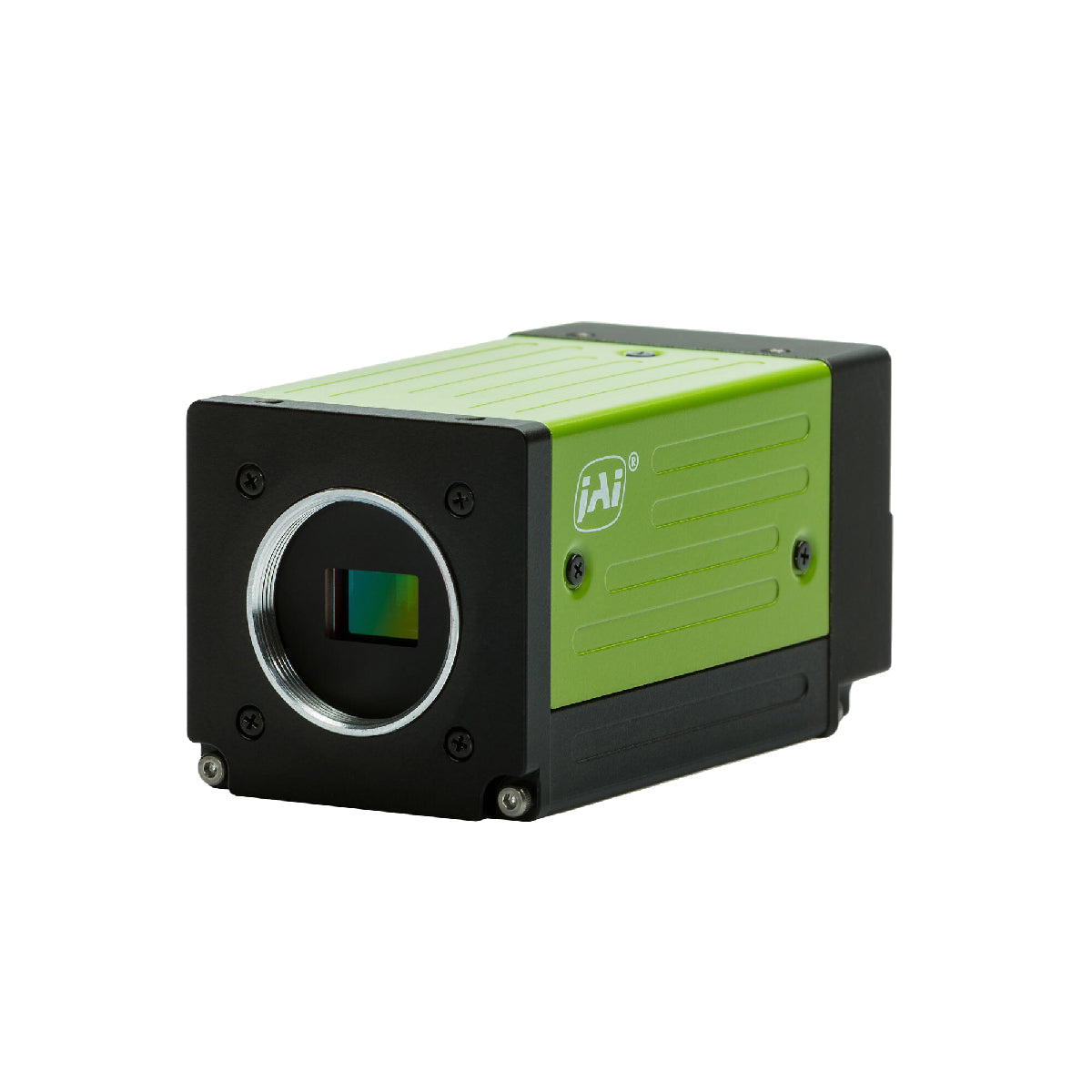

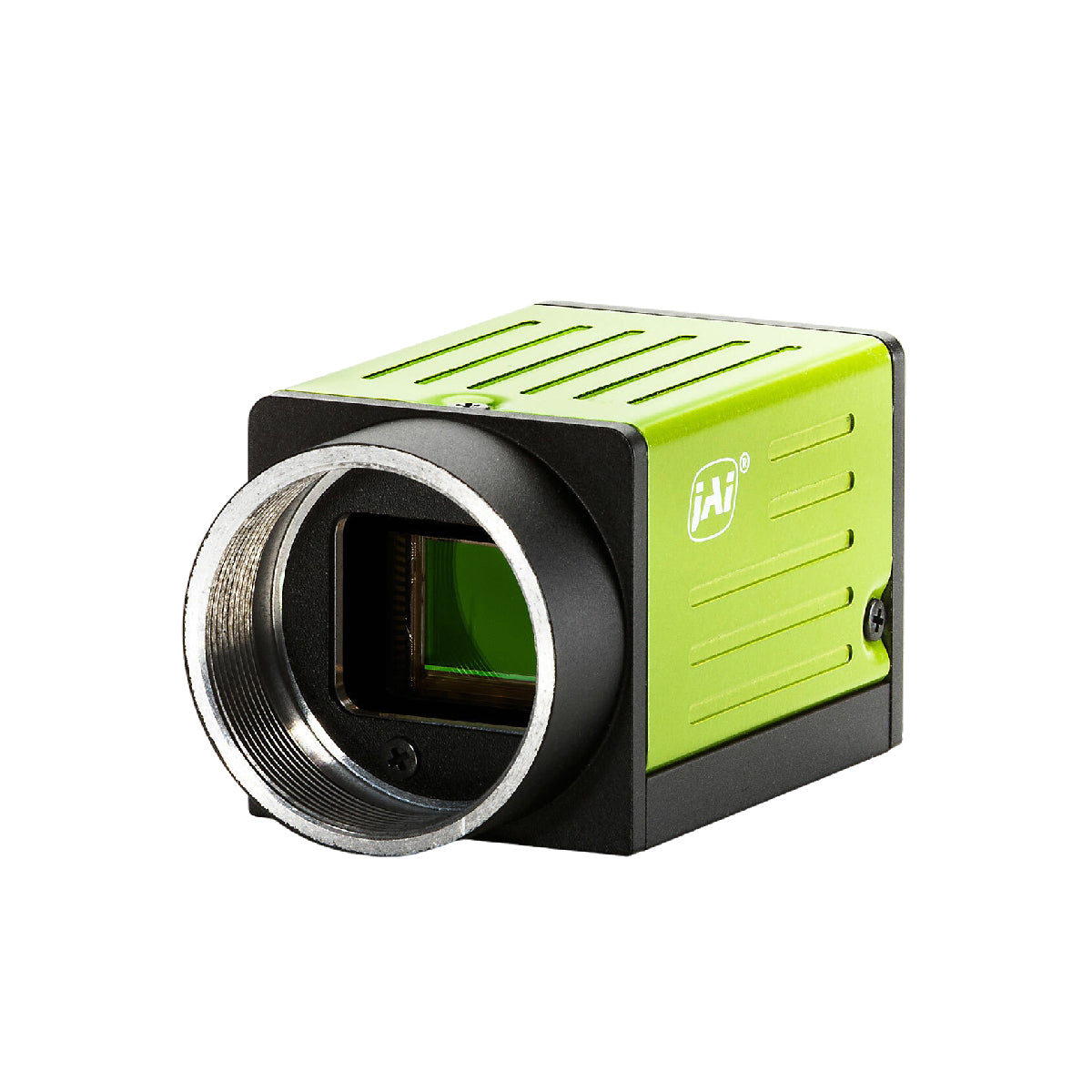
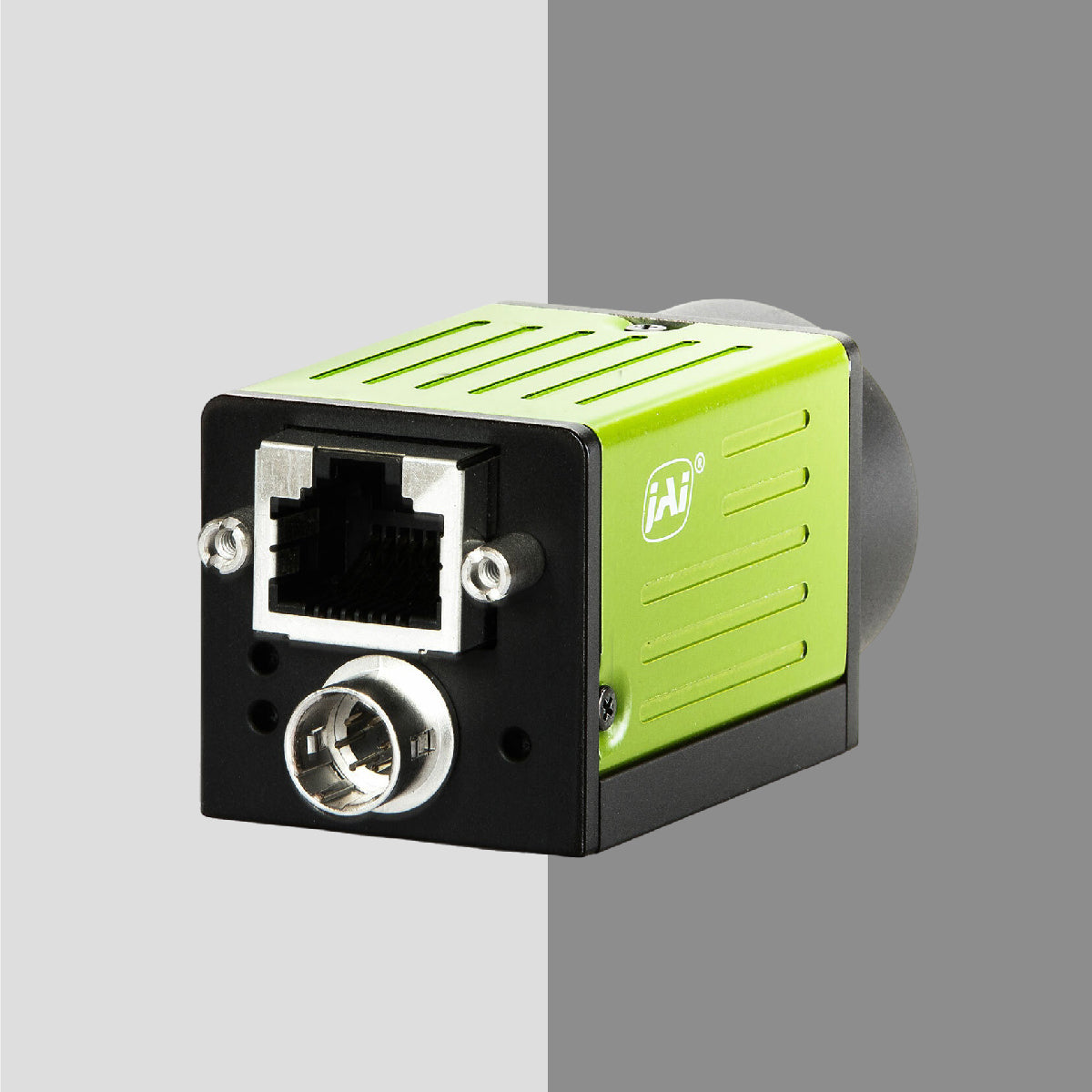
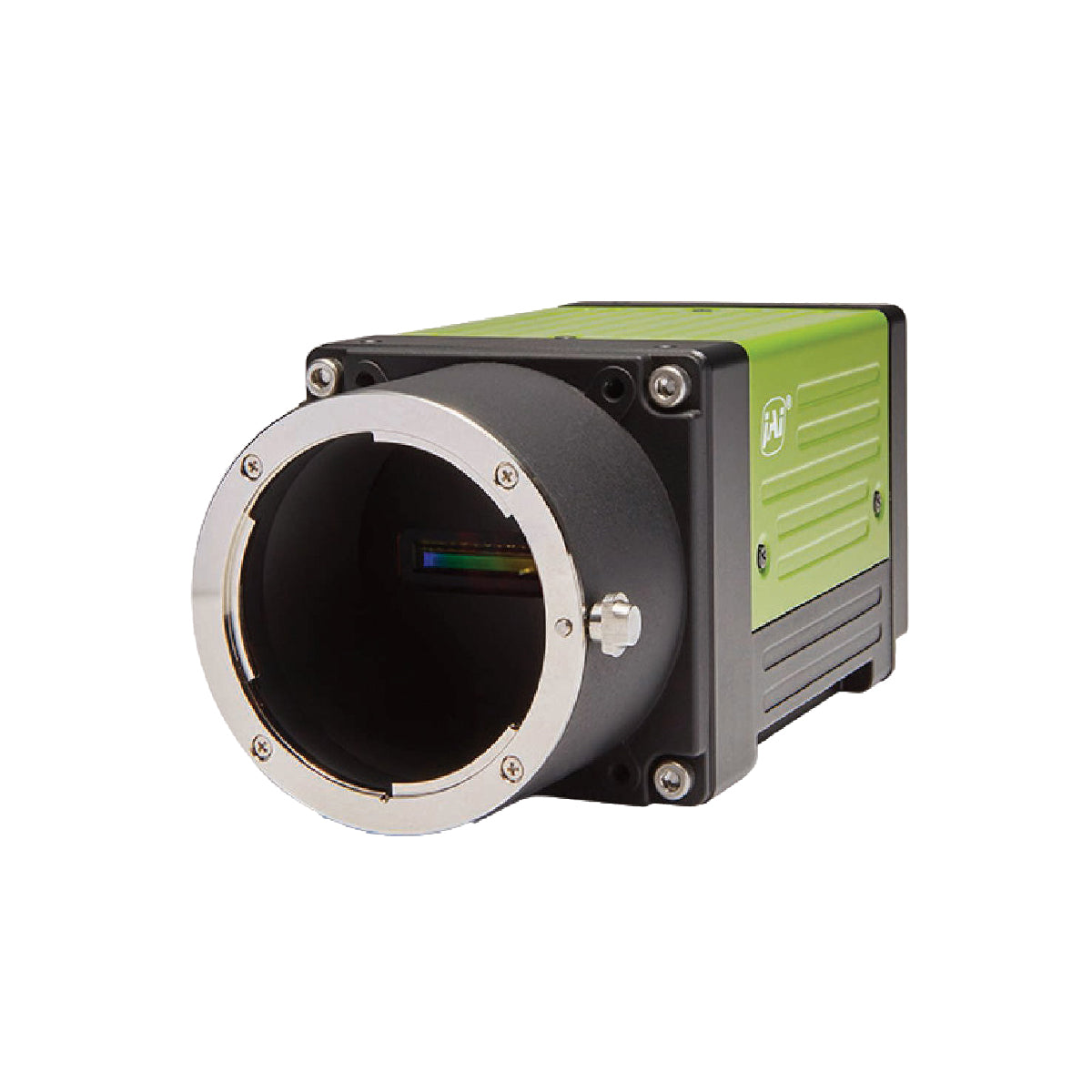
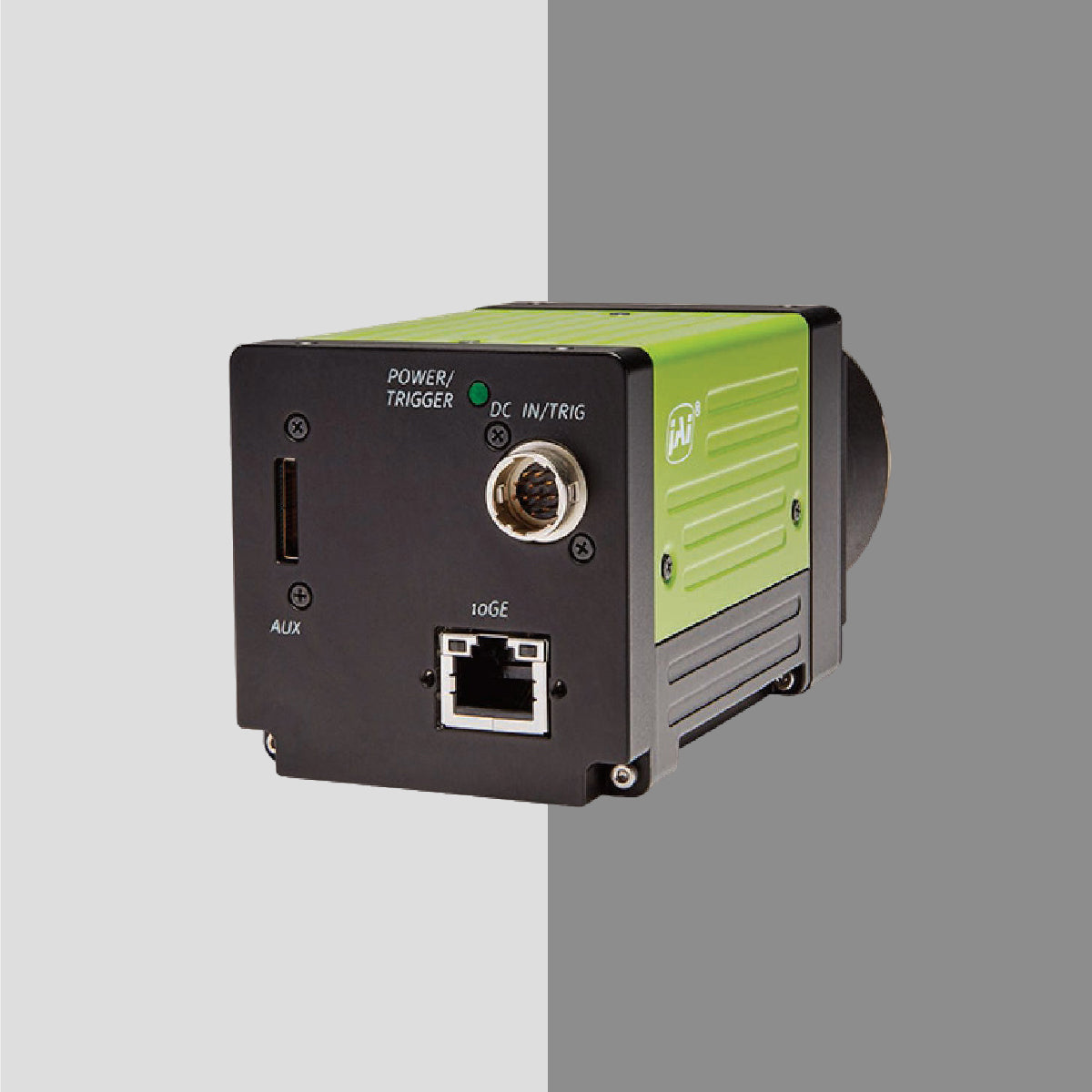
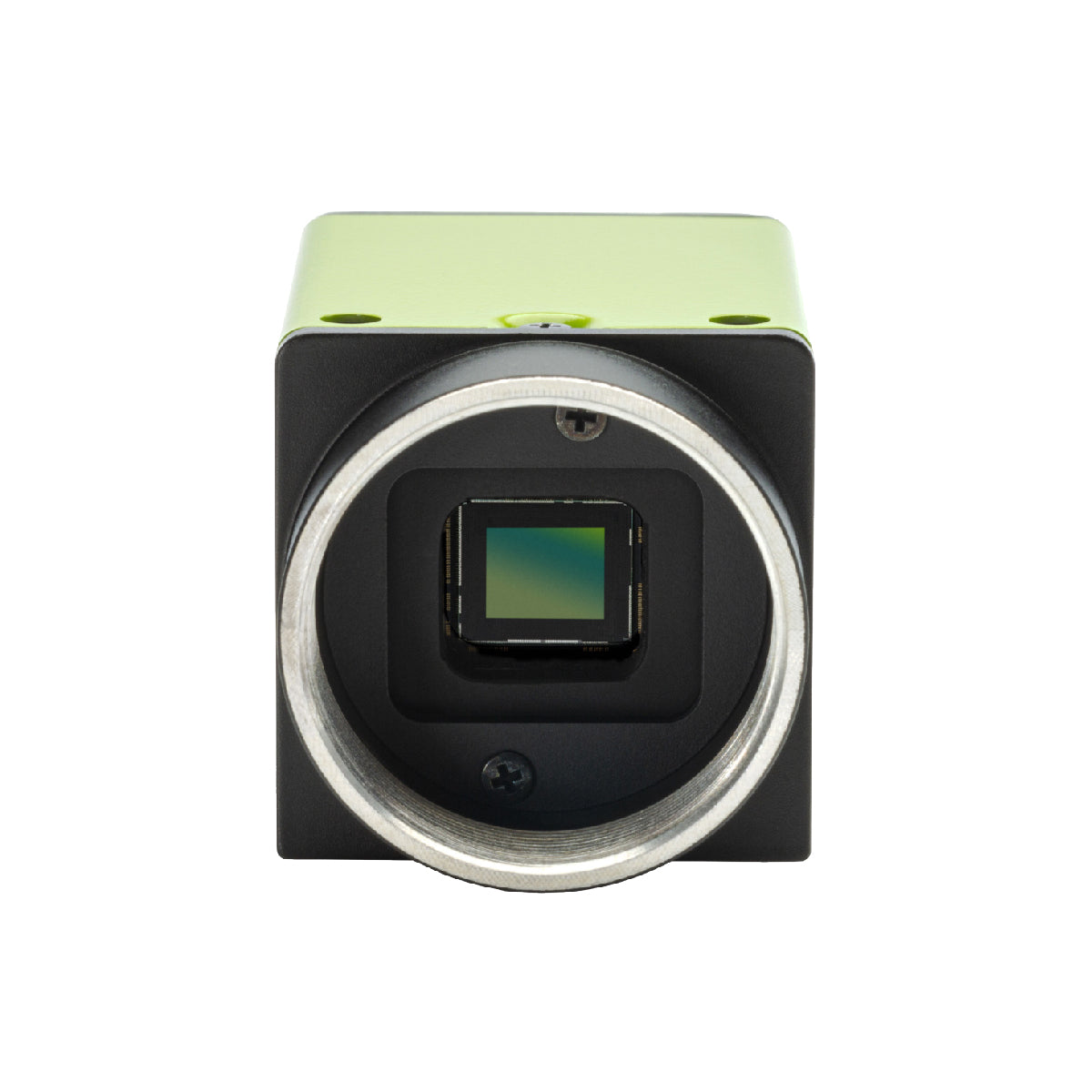

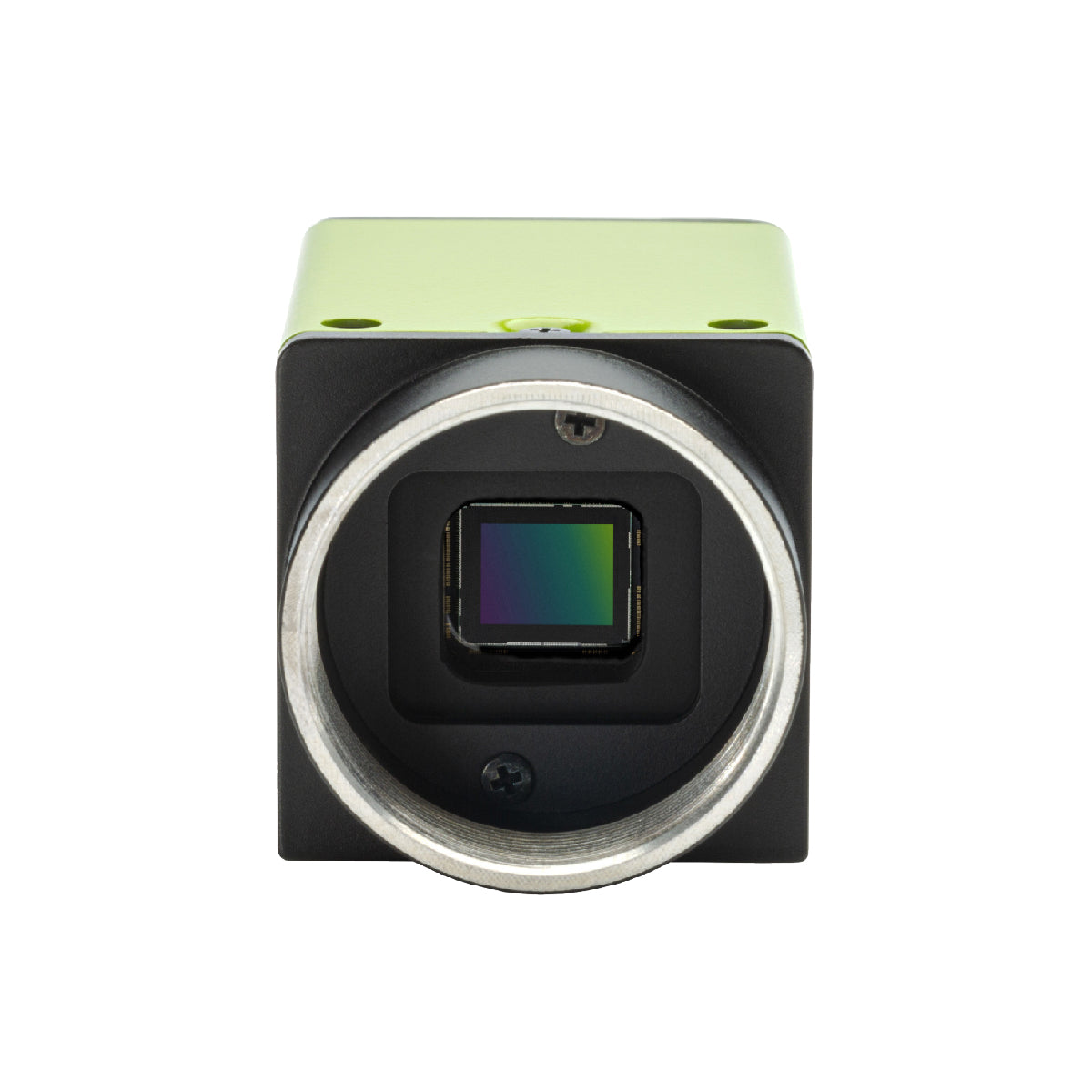
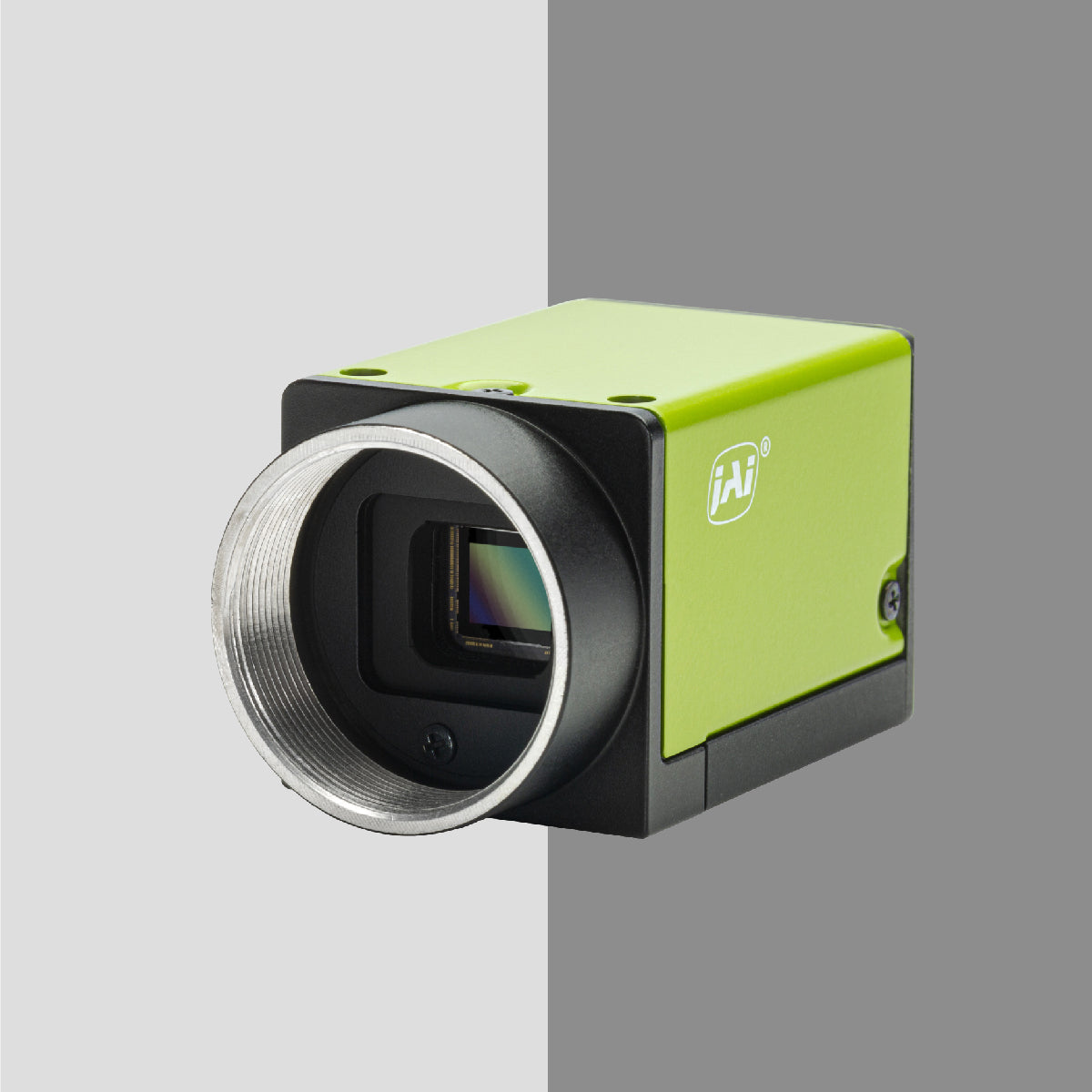

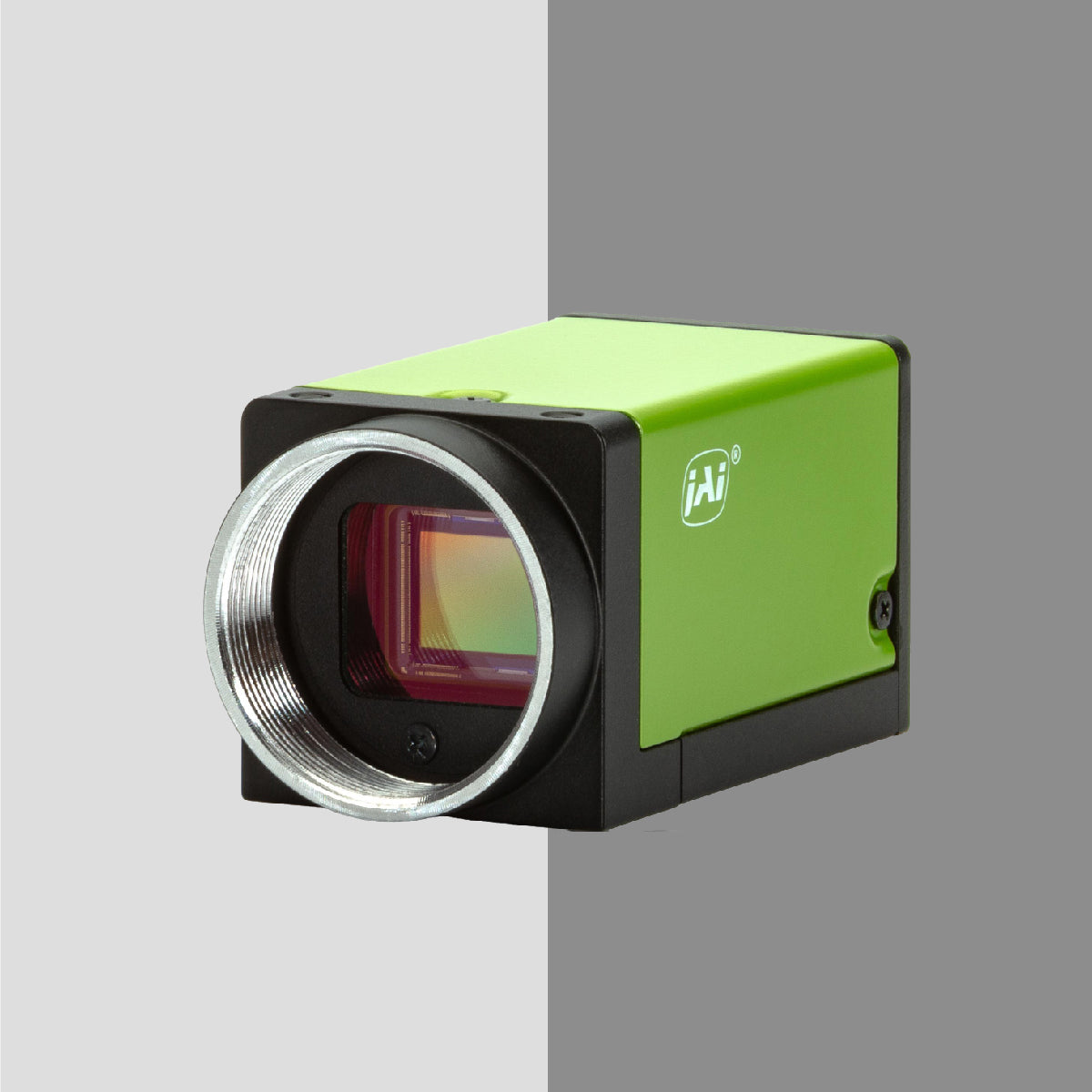
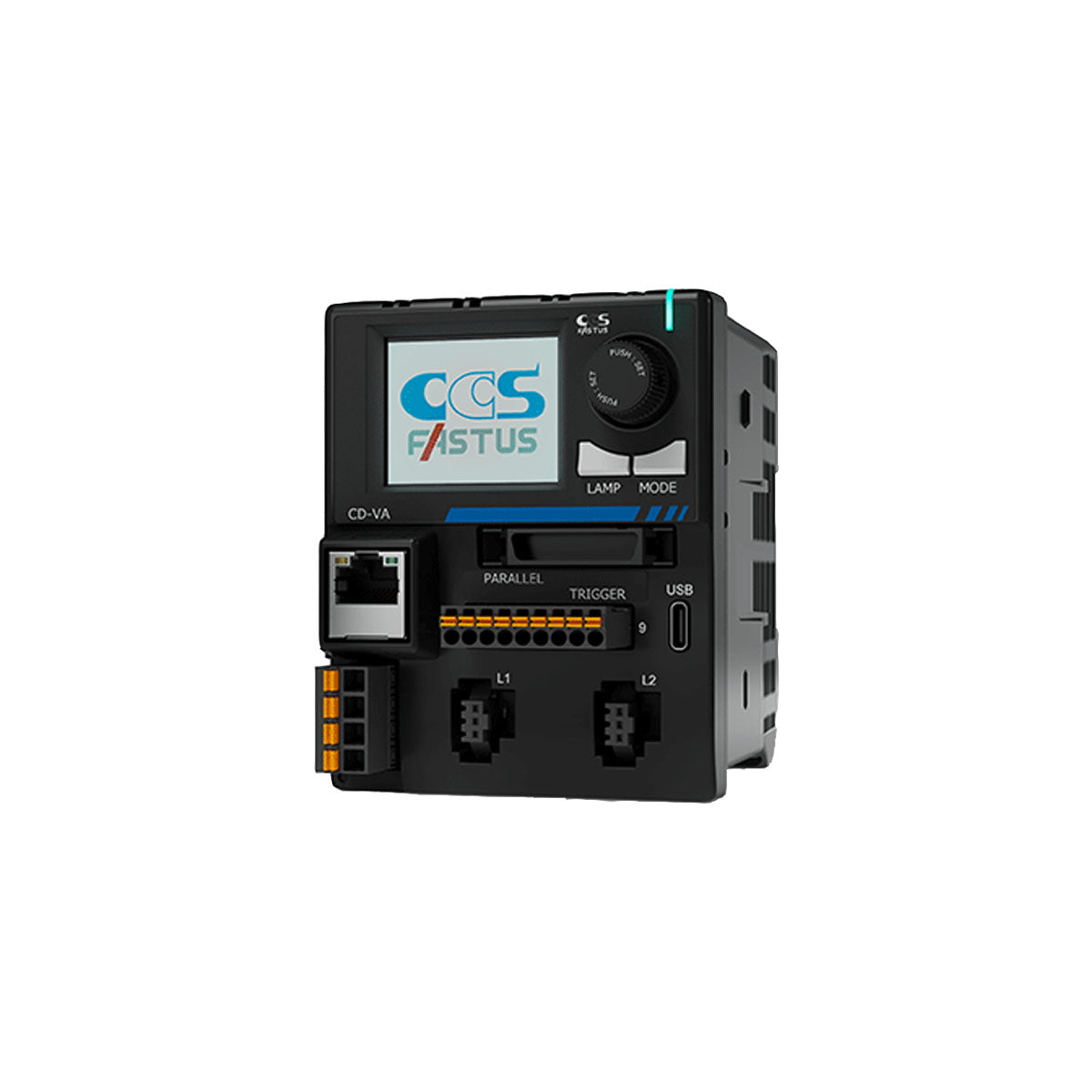

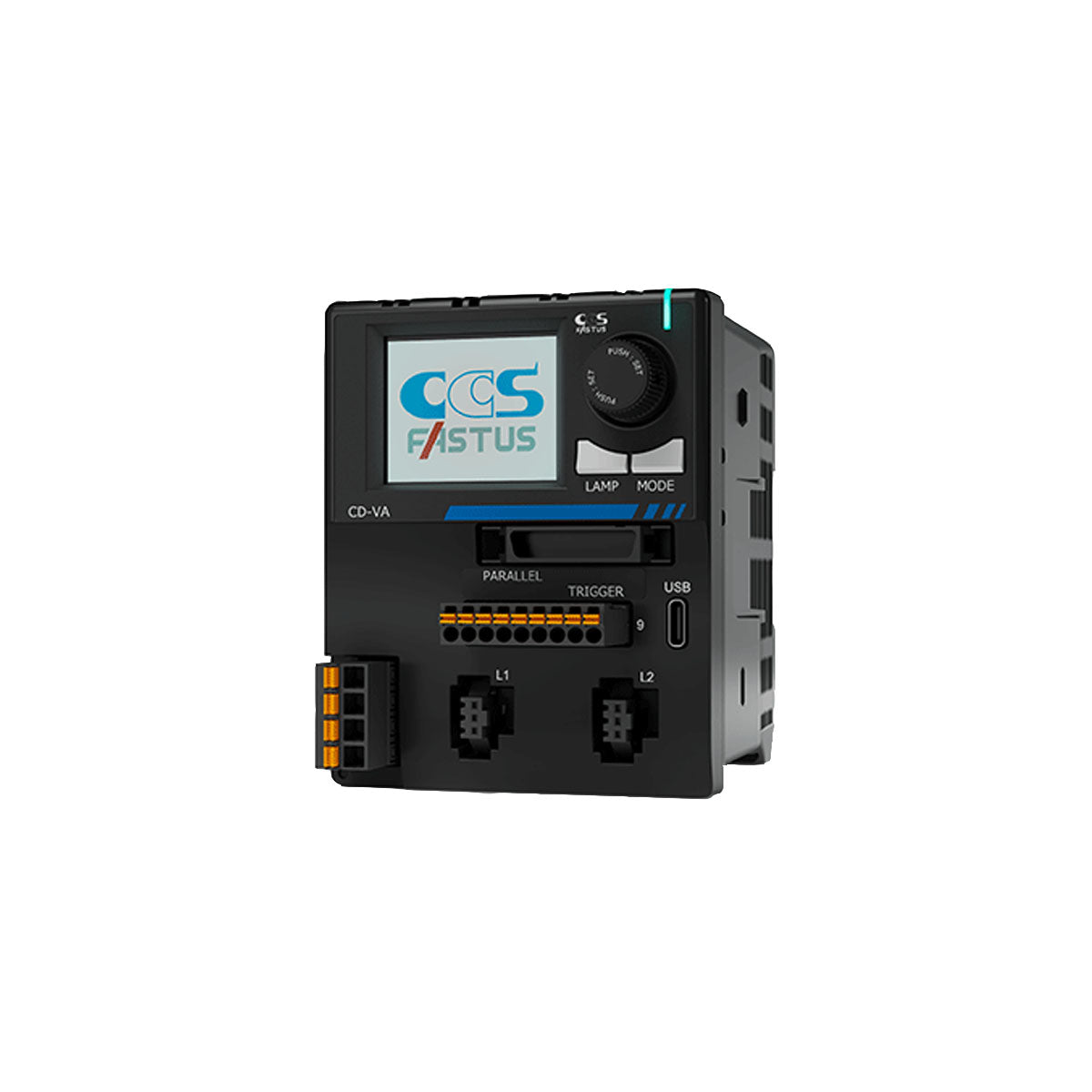

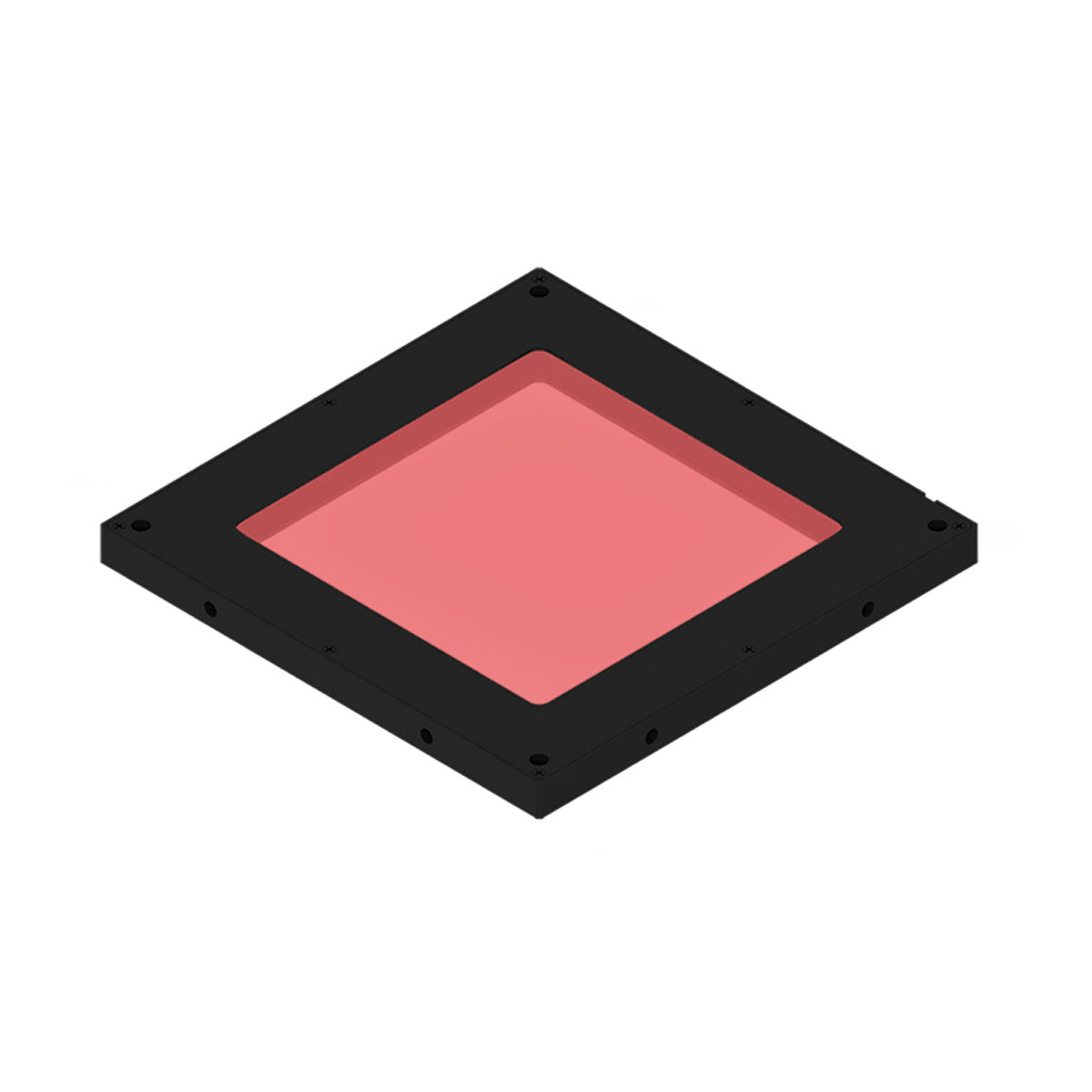


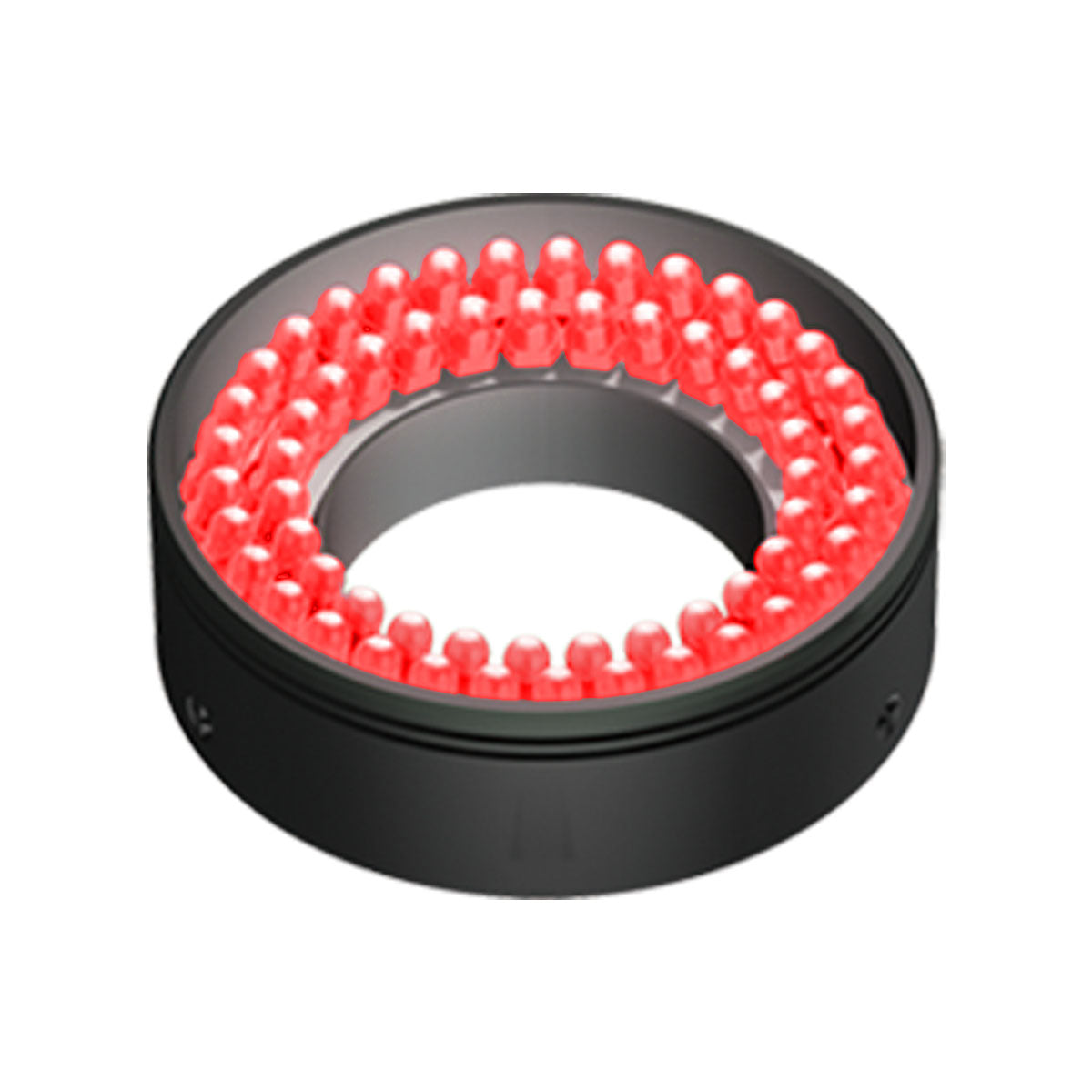
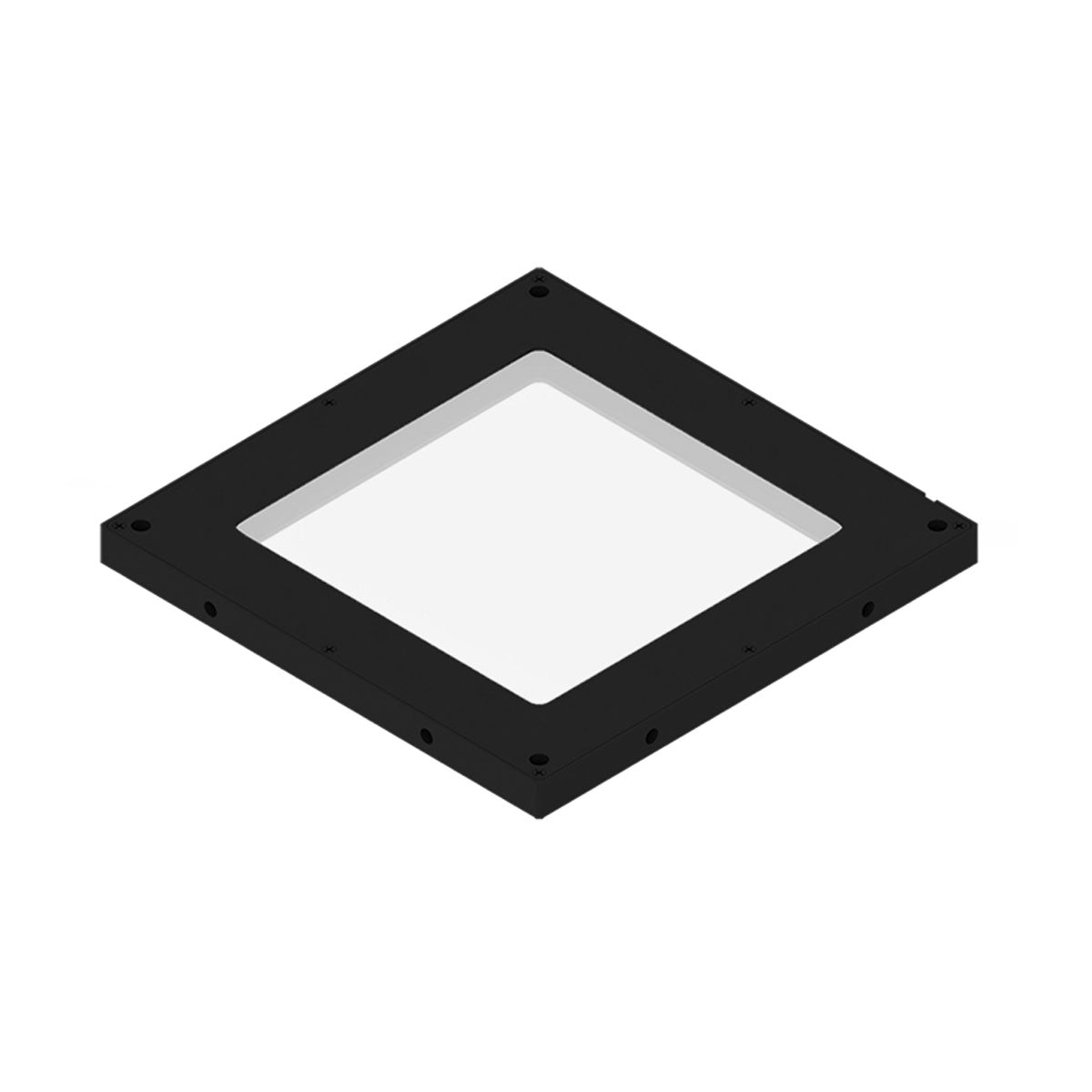


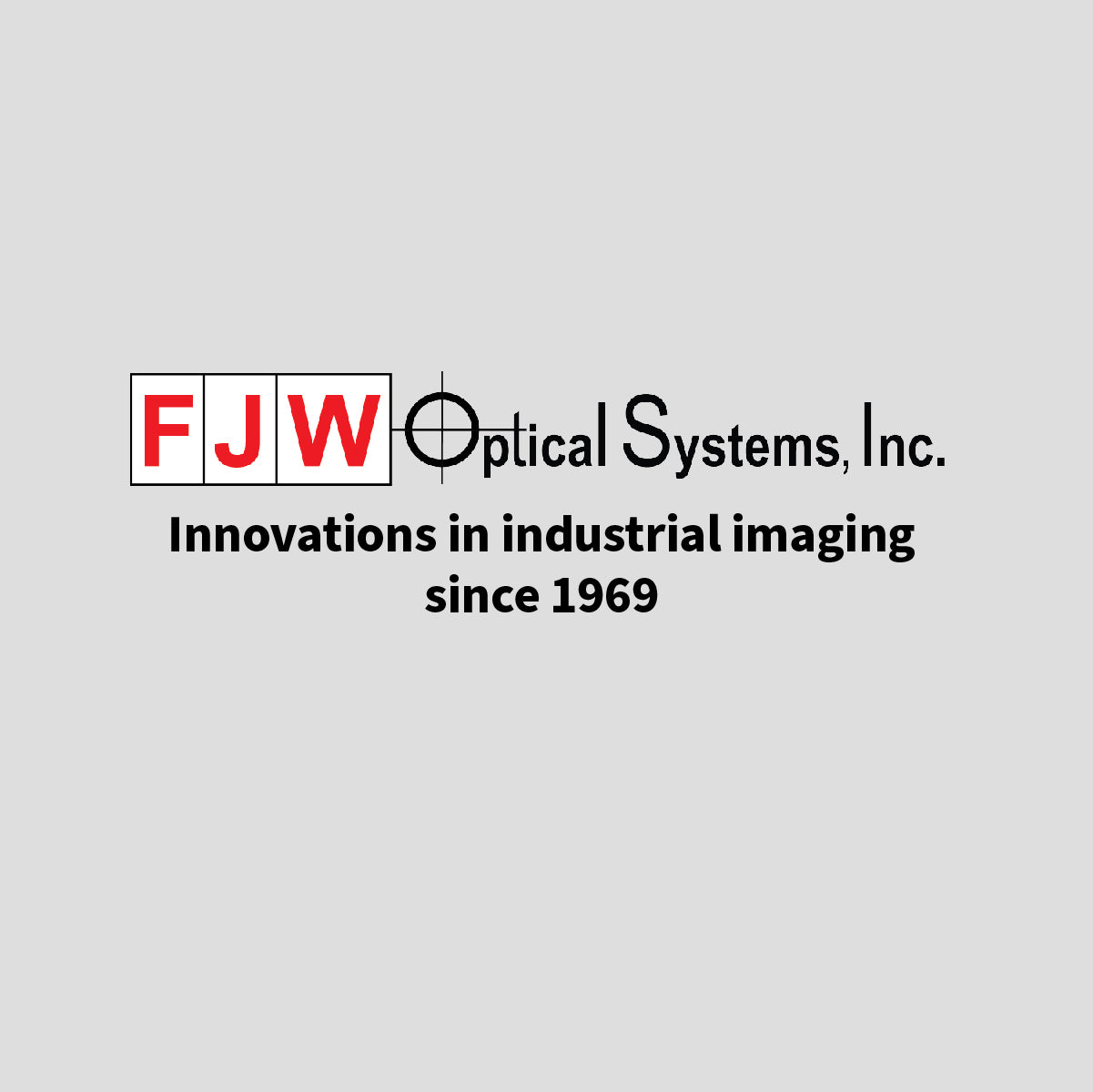

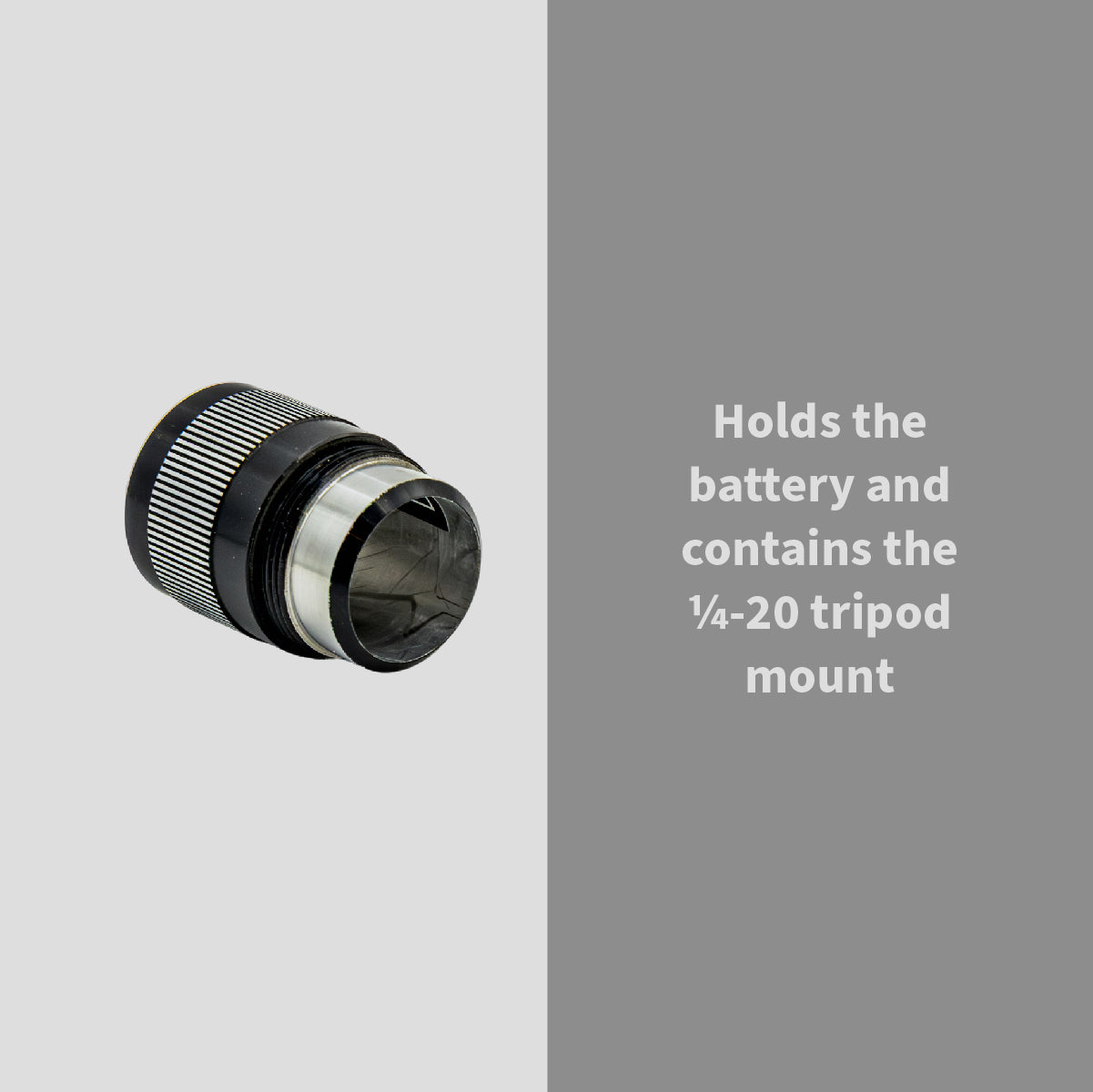



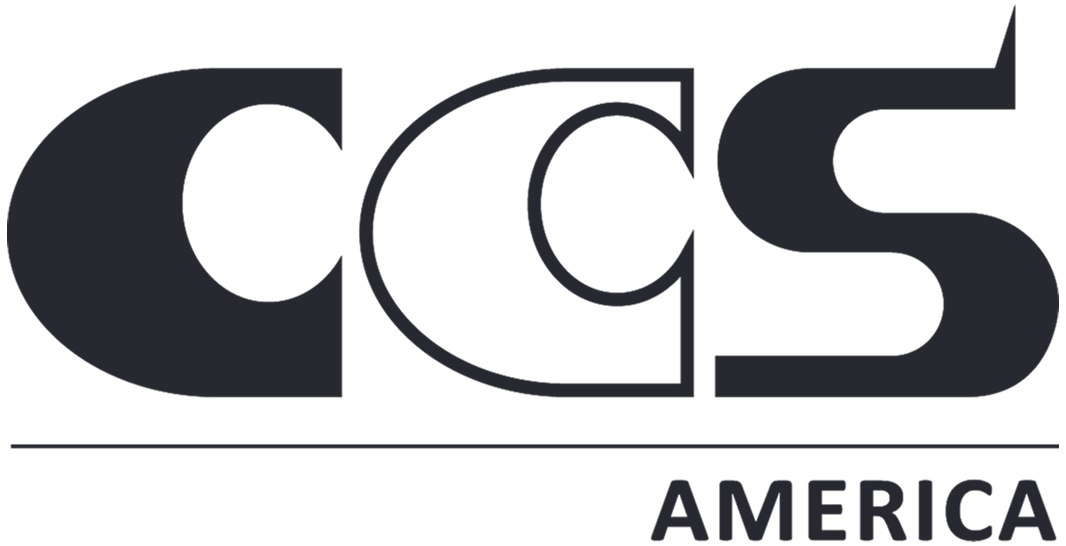



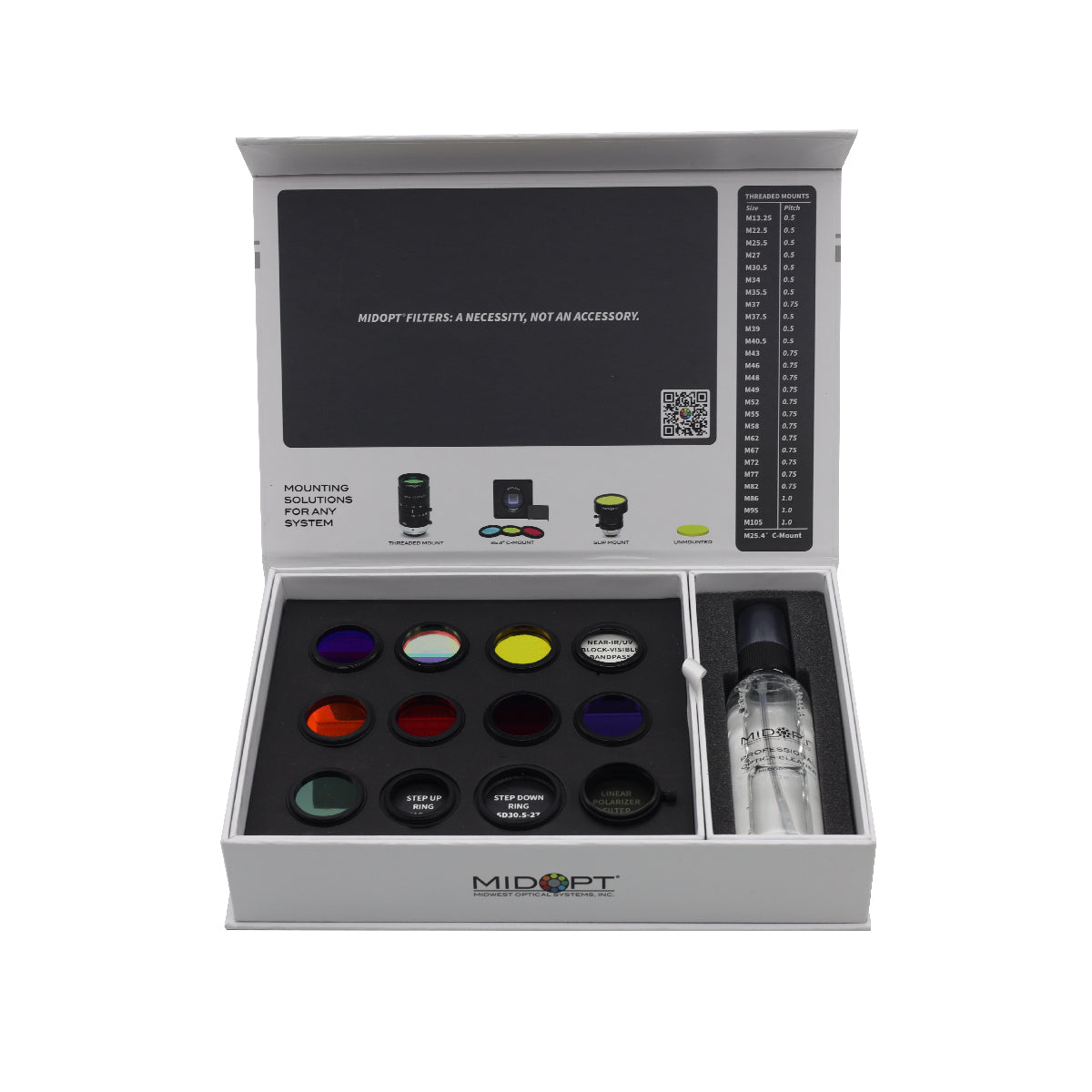



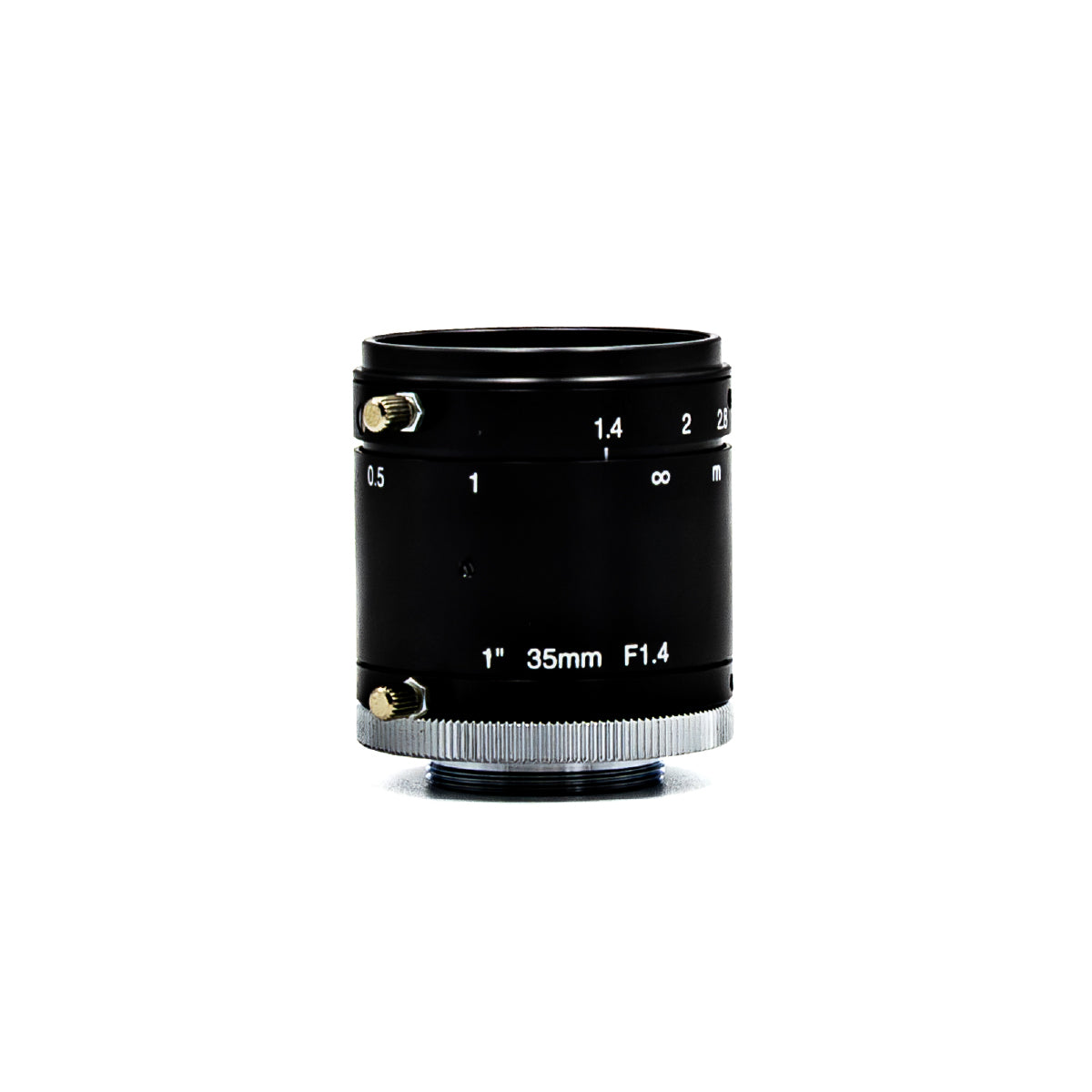


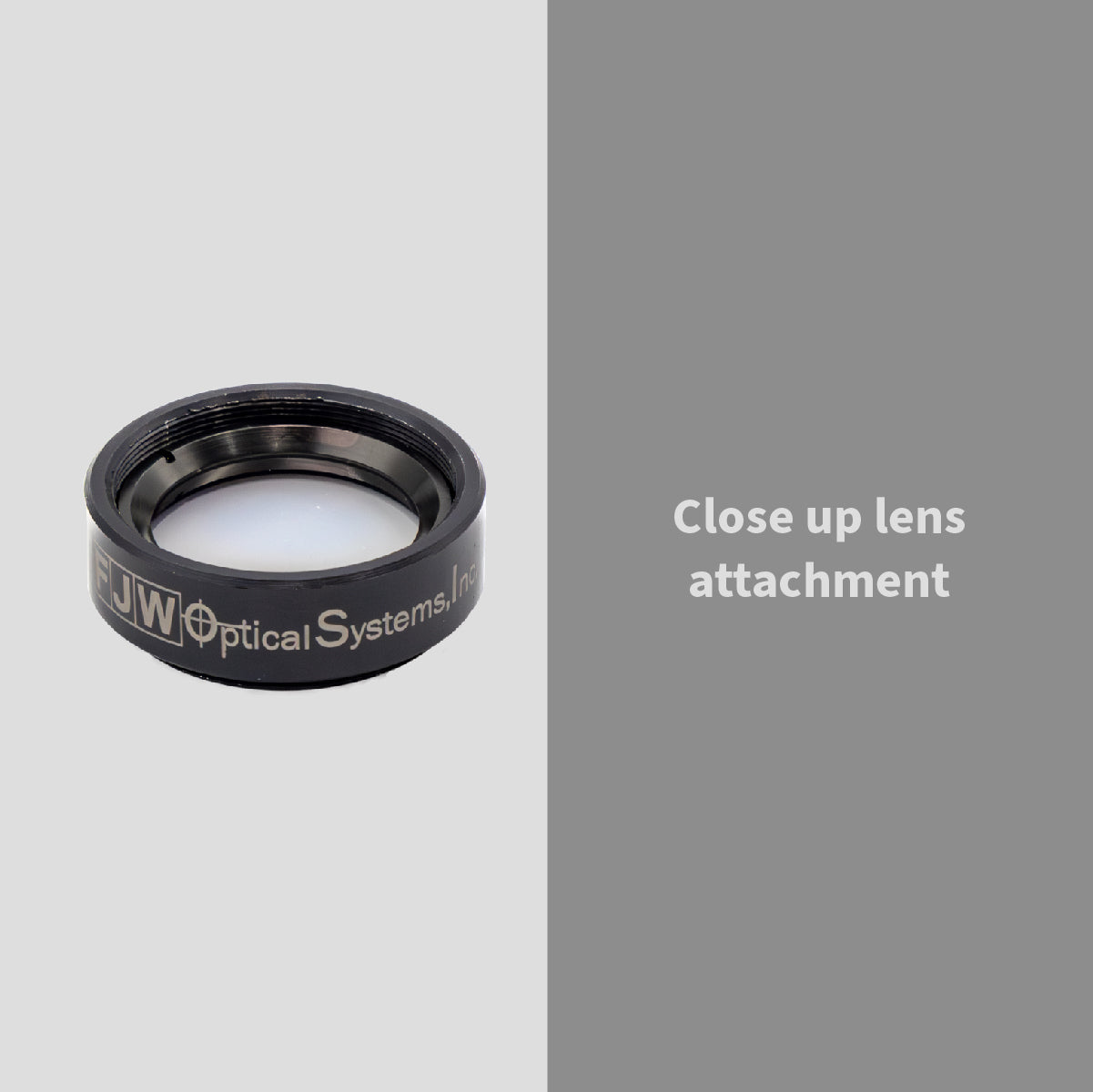



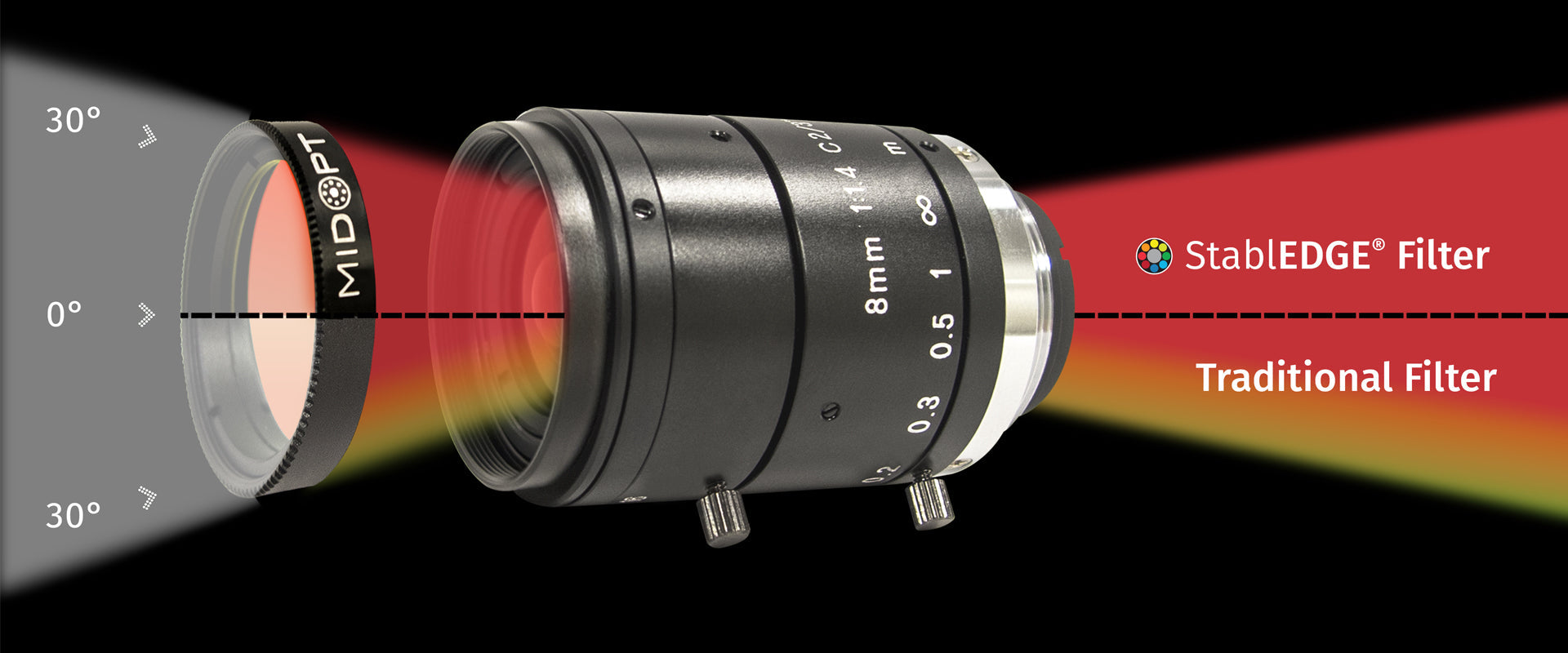
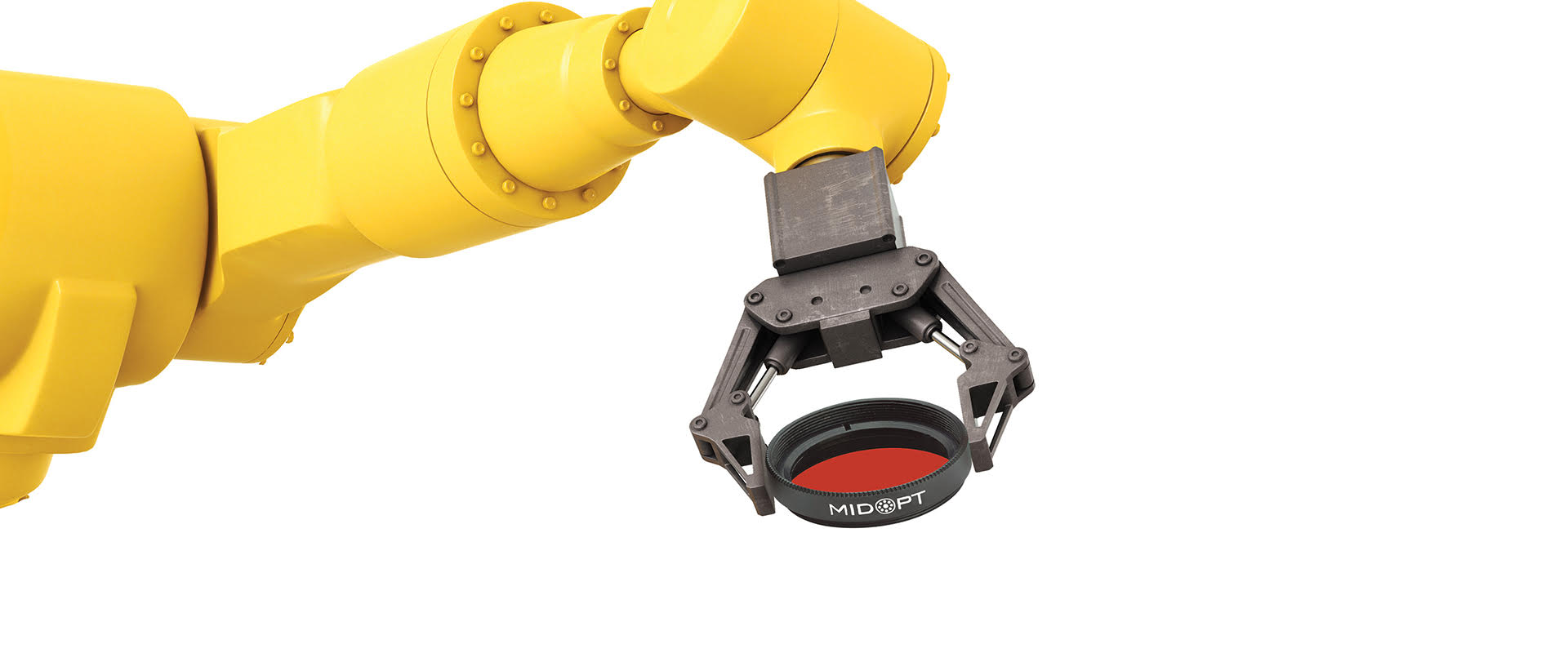

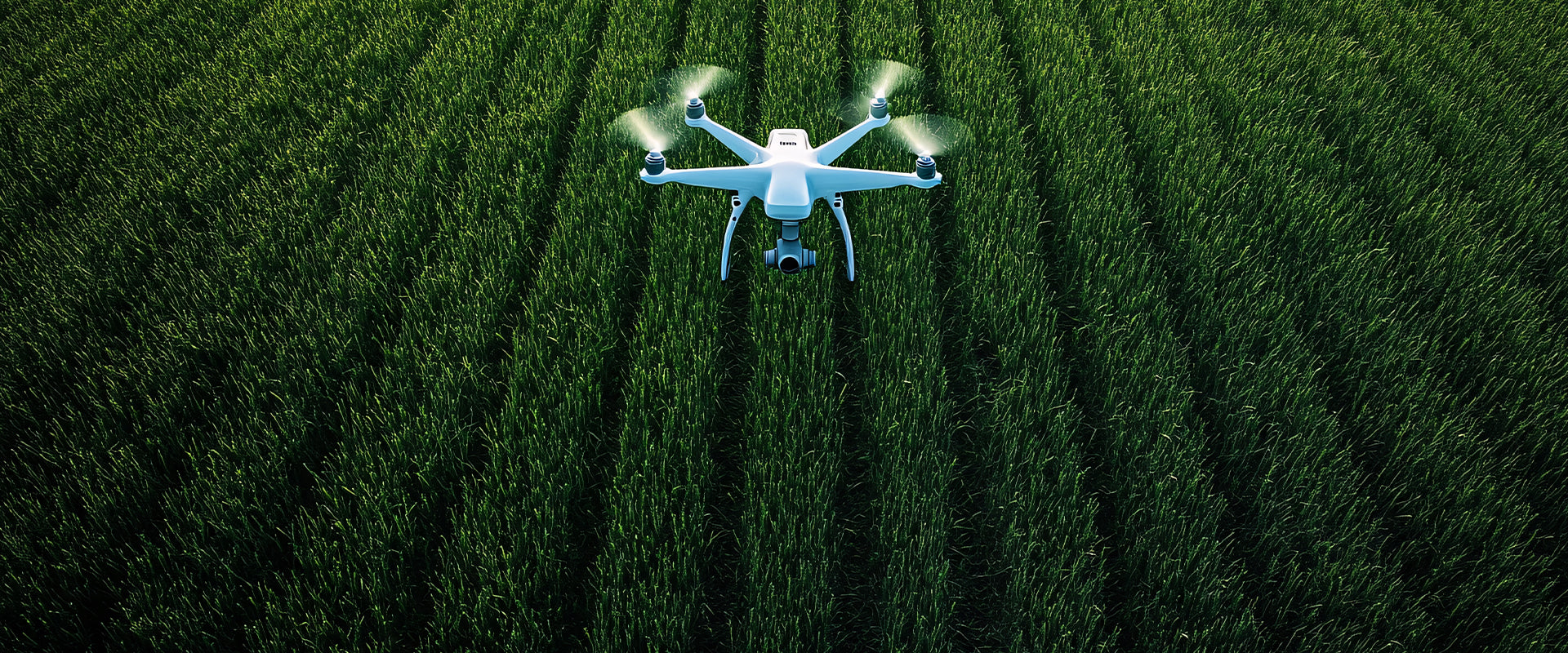






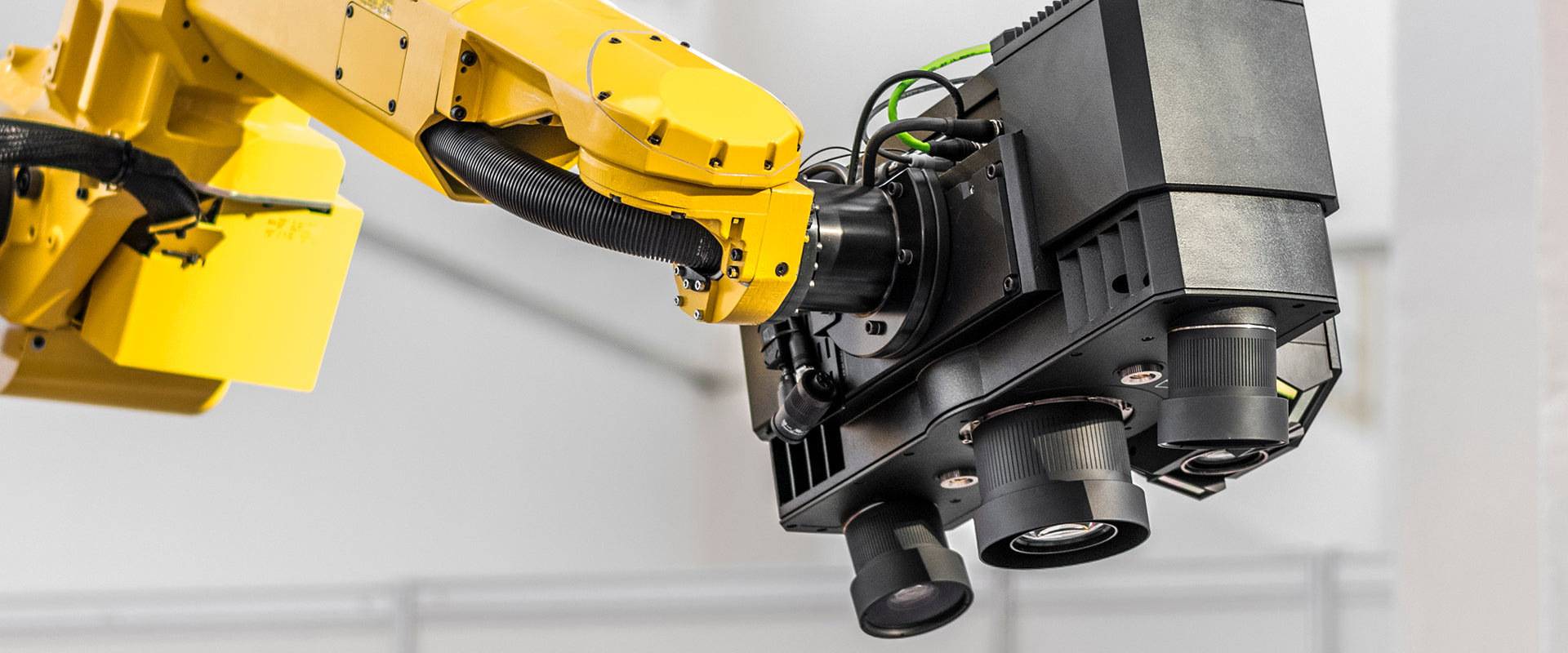

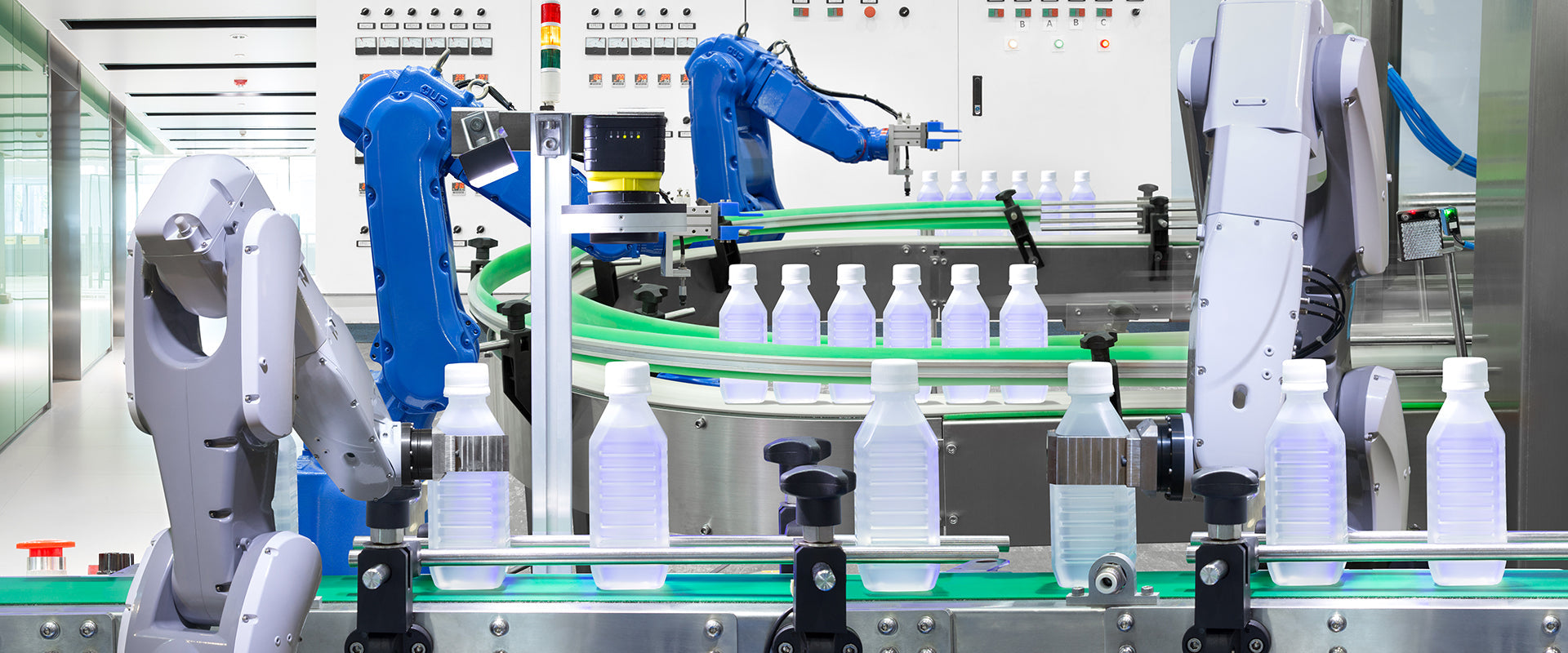
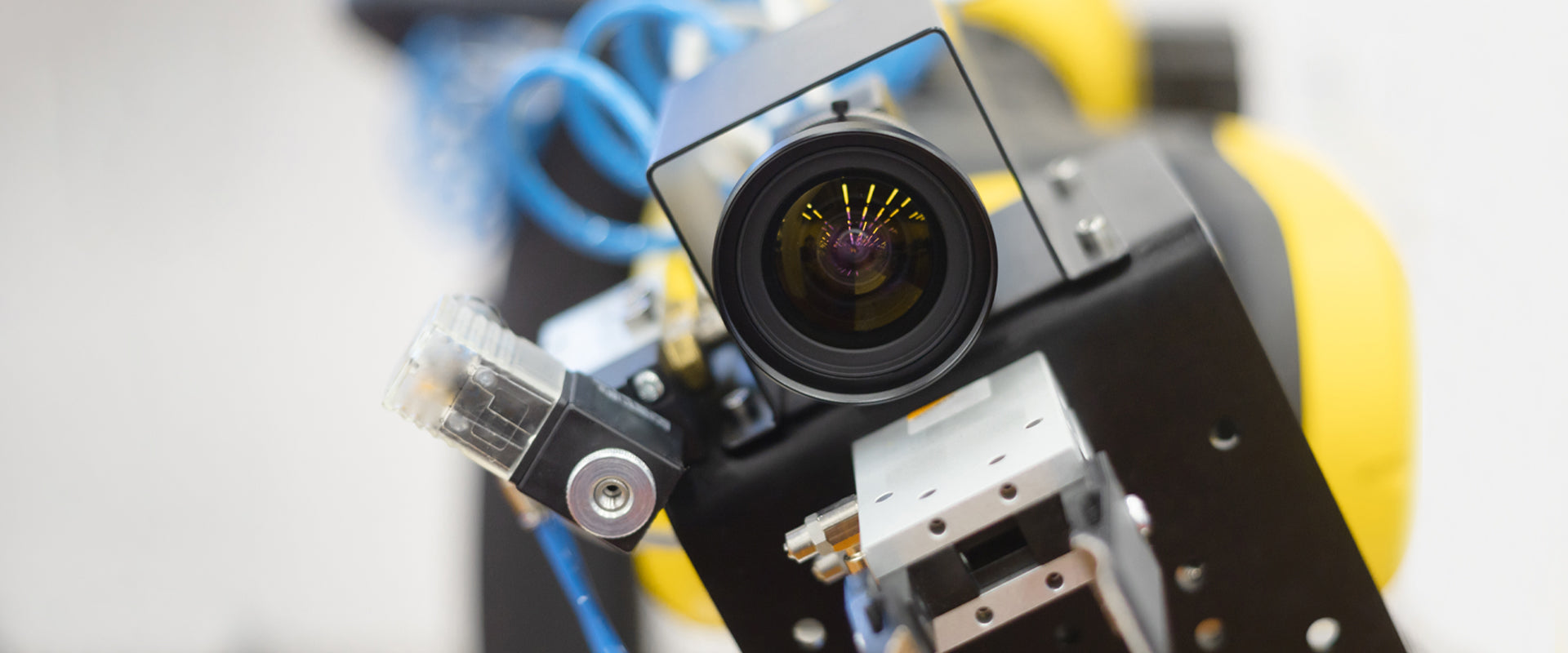
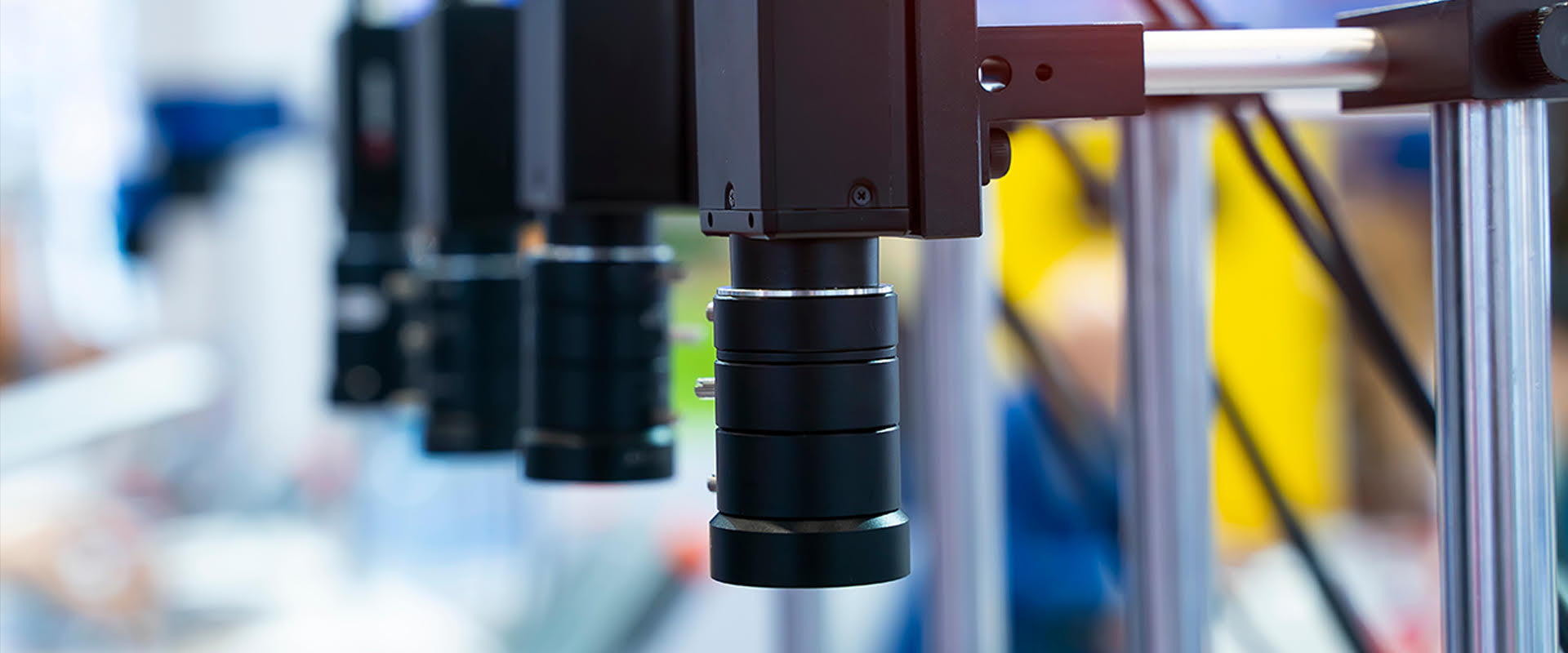
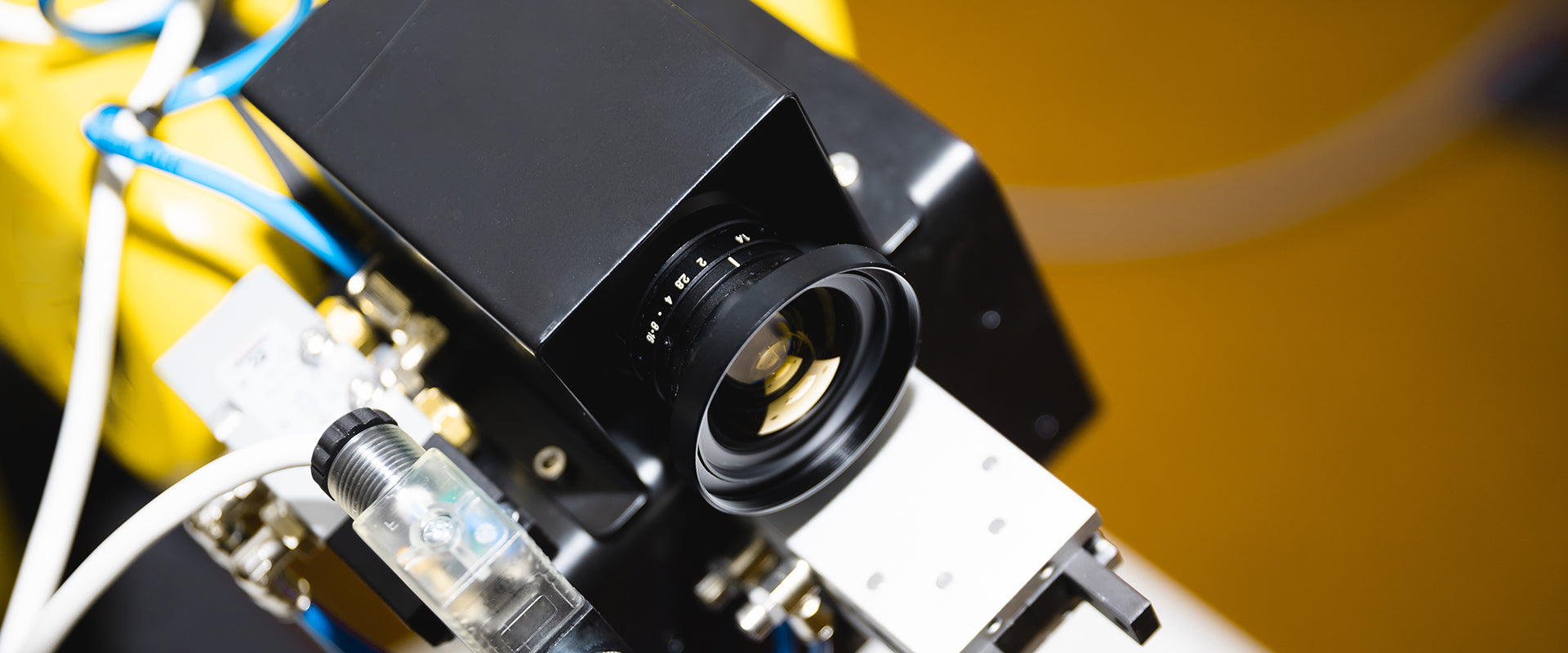
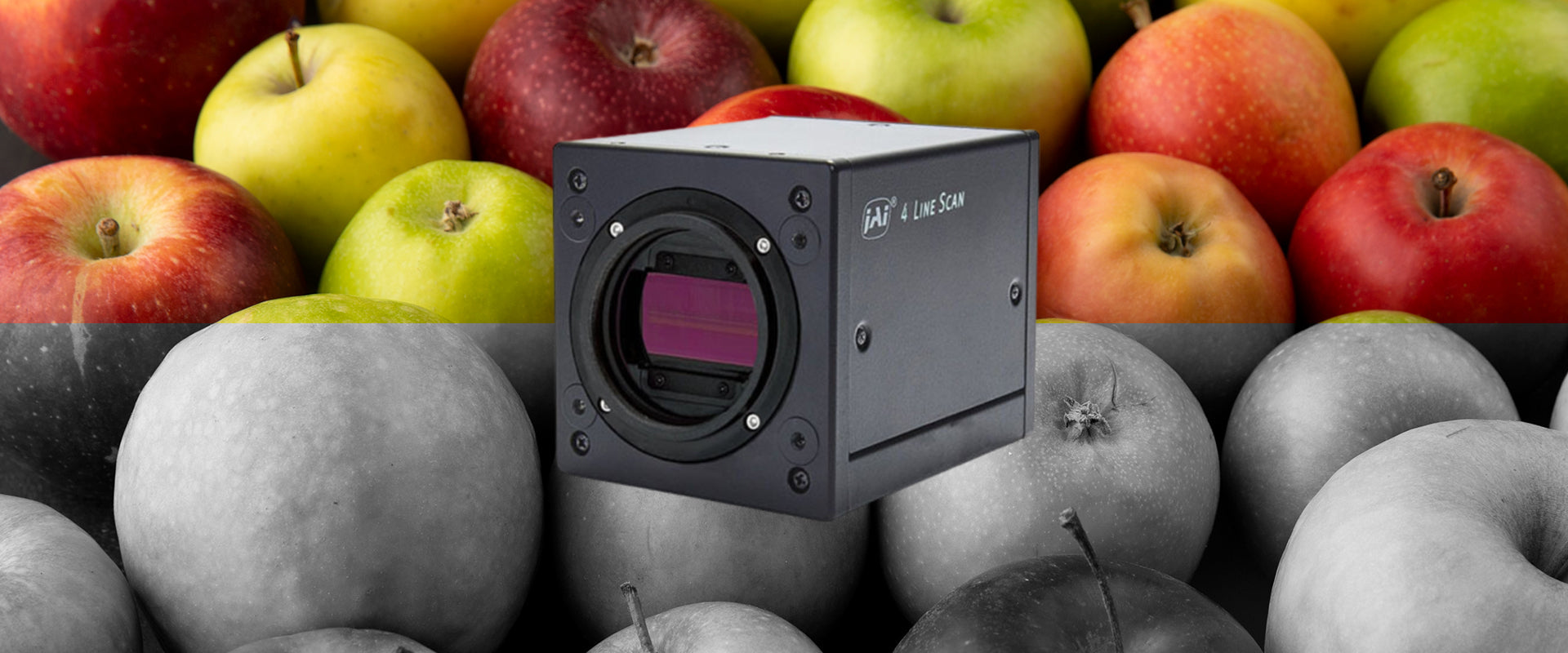
 Lighting
Lighting



